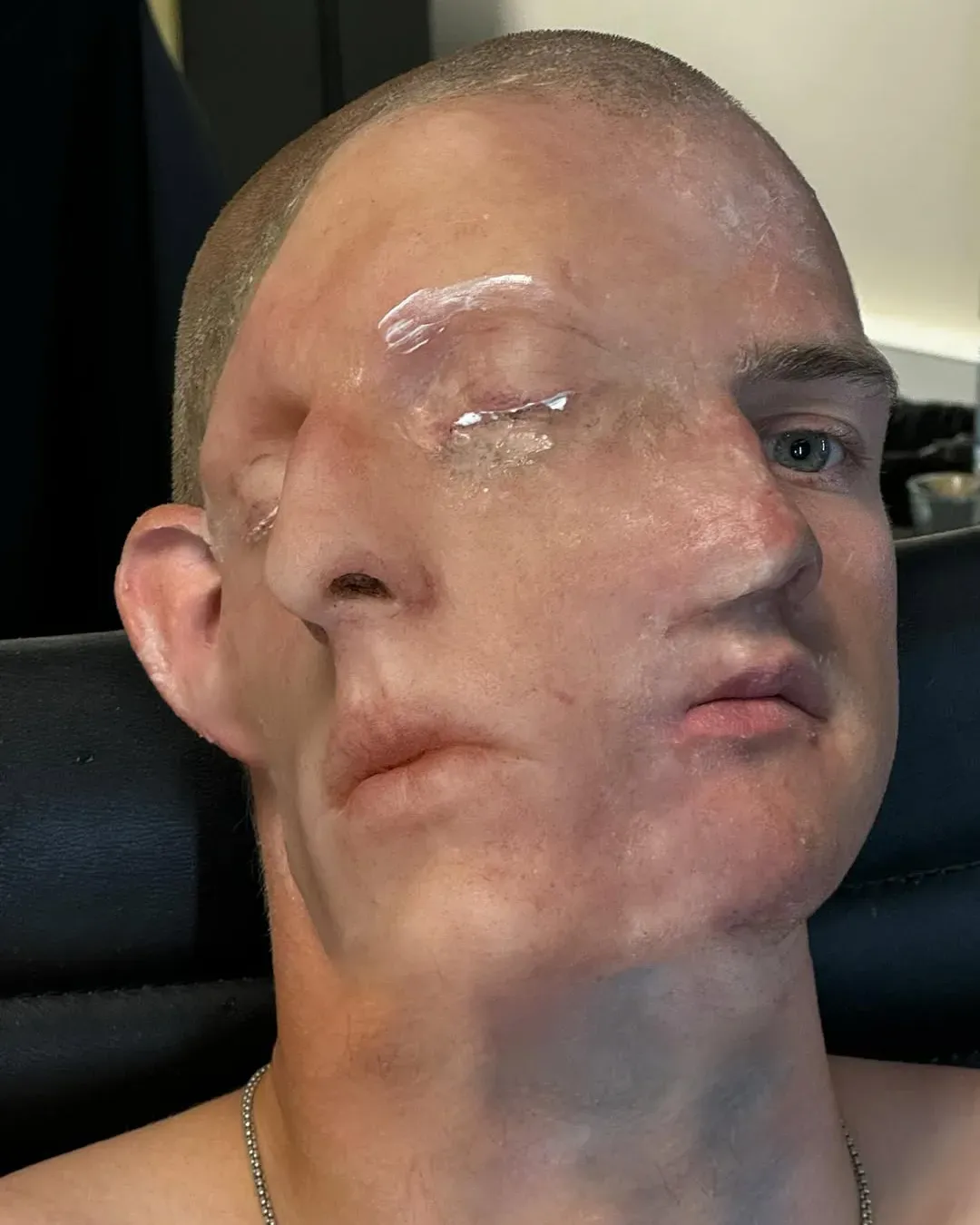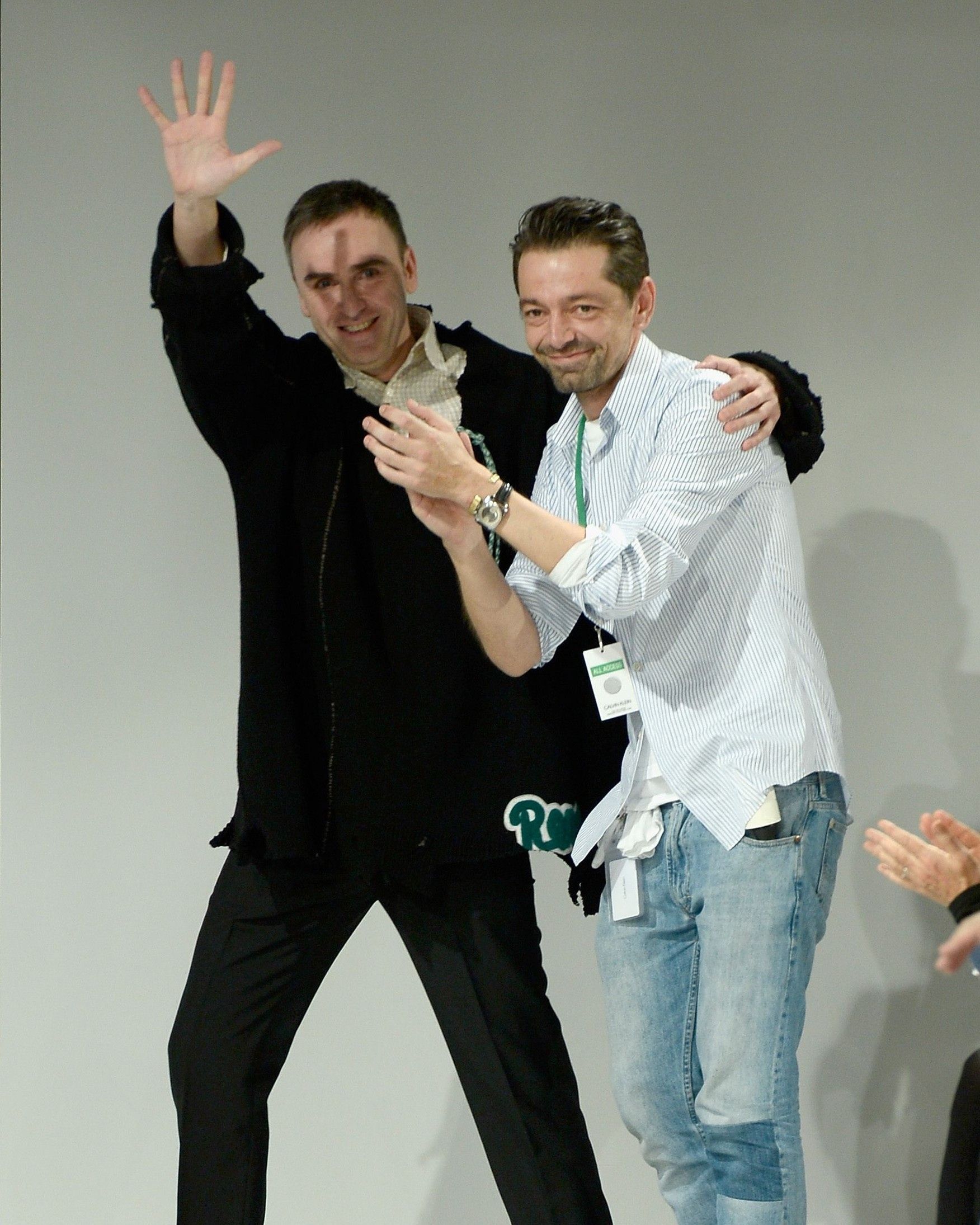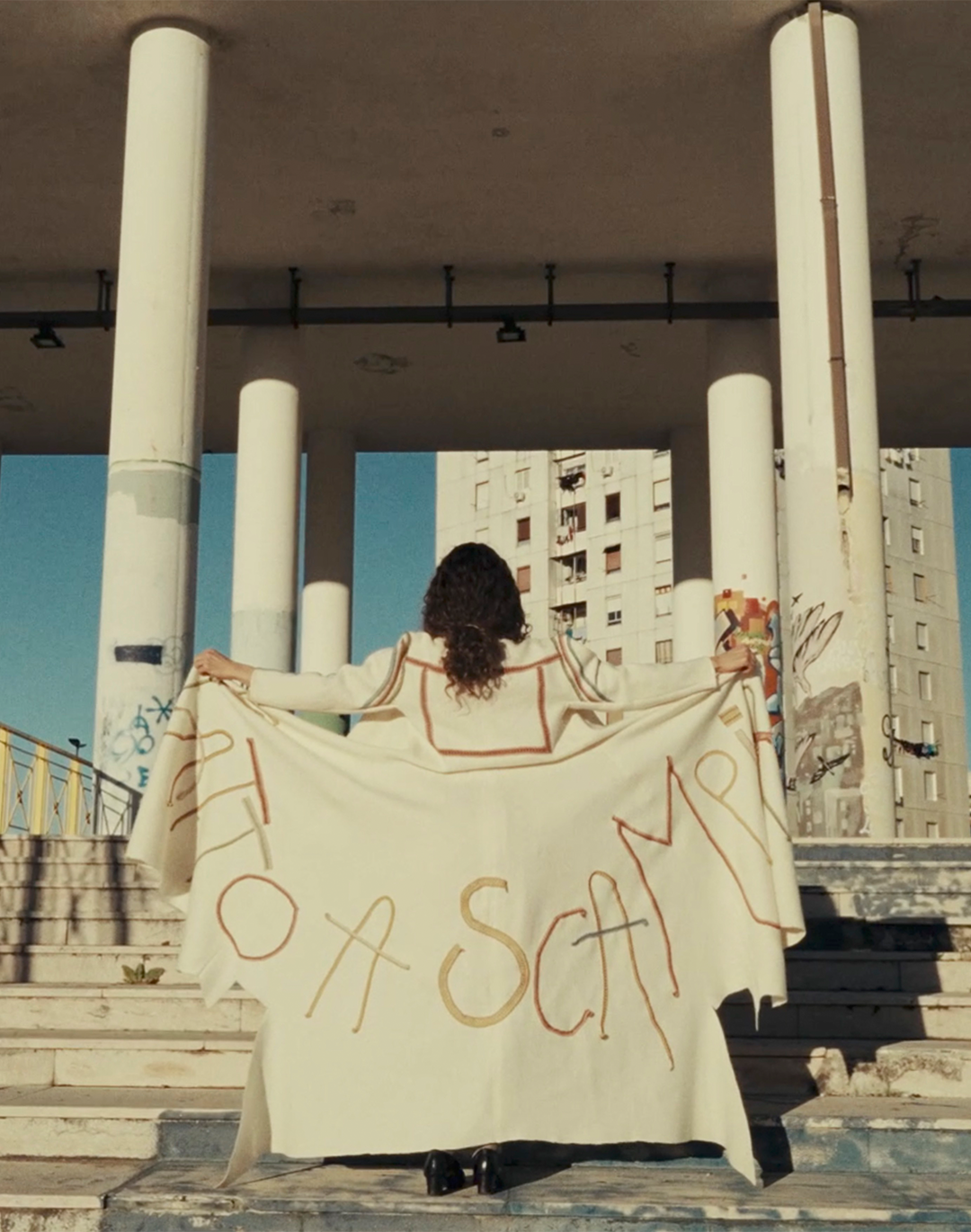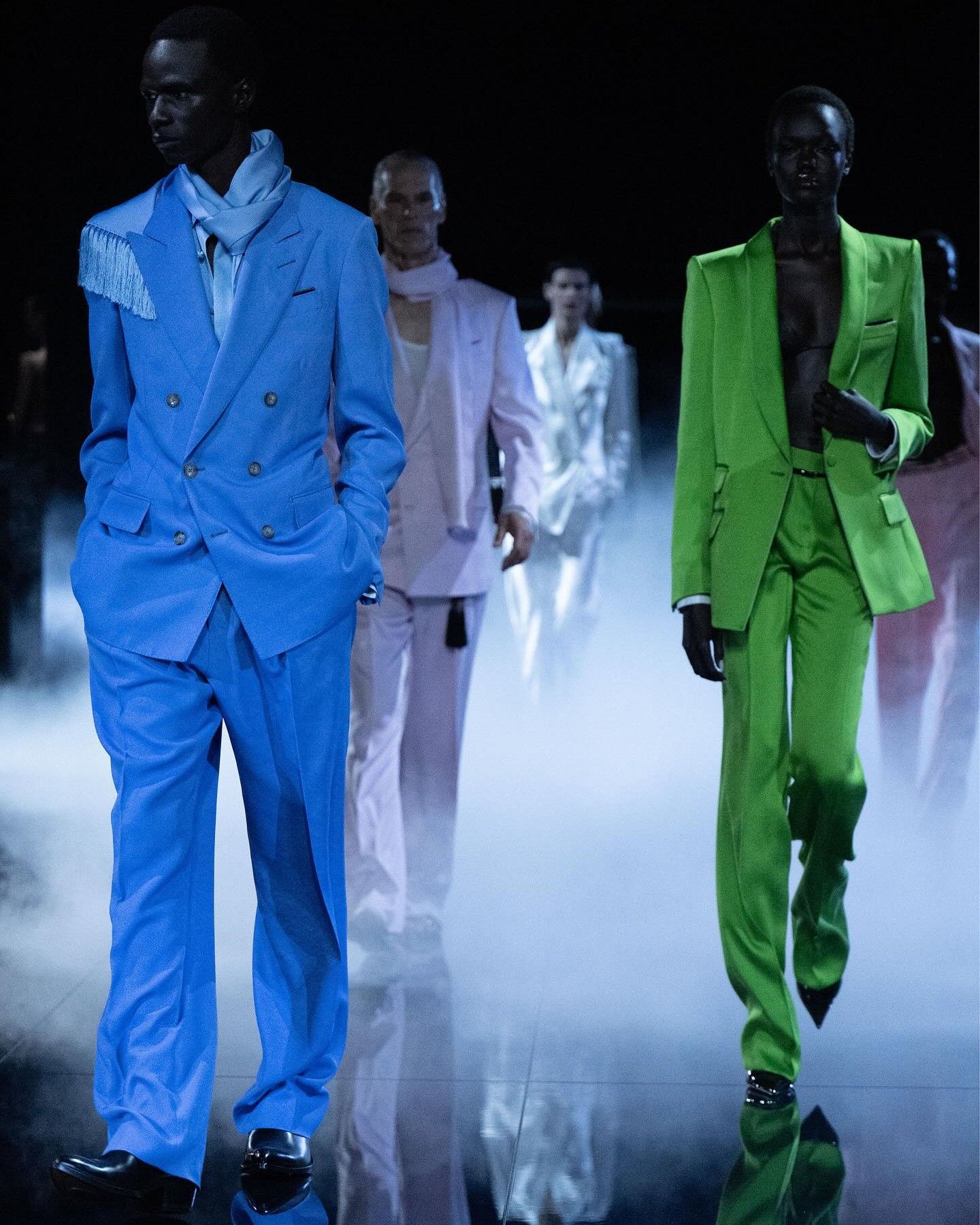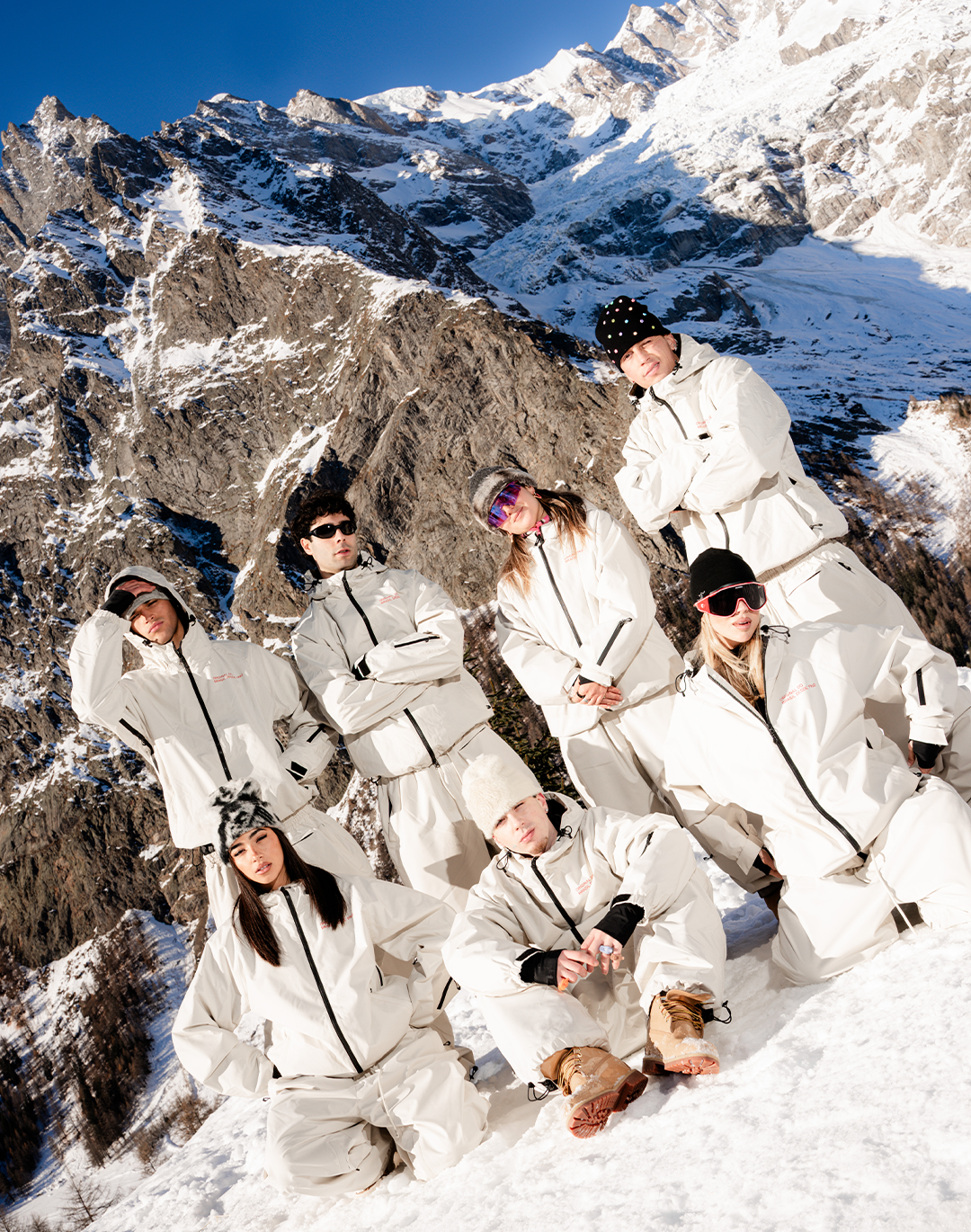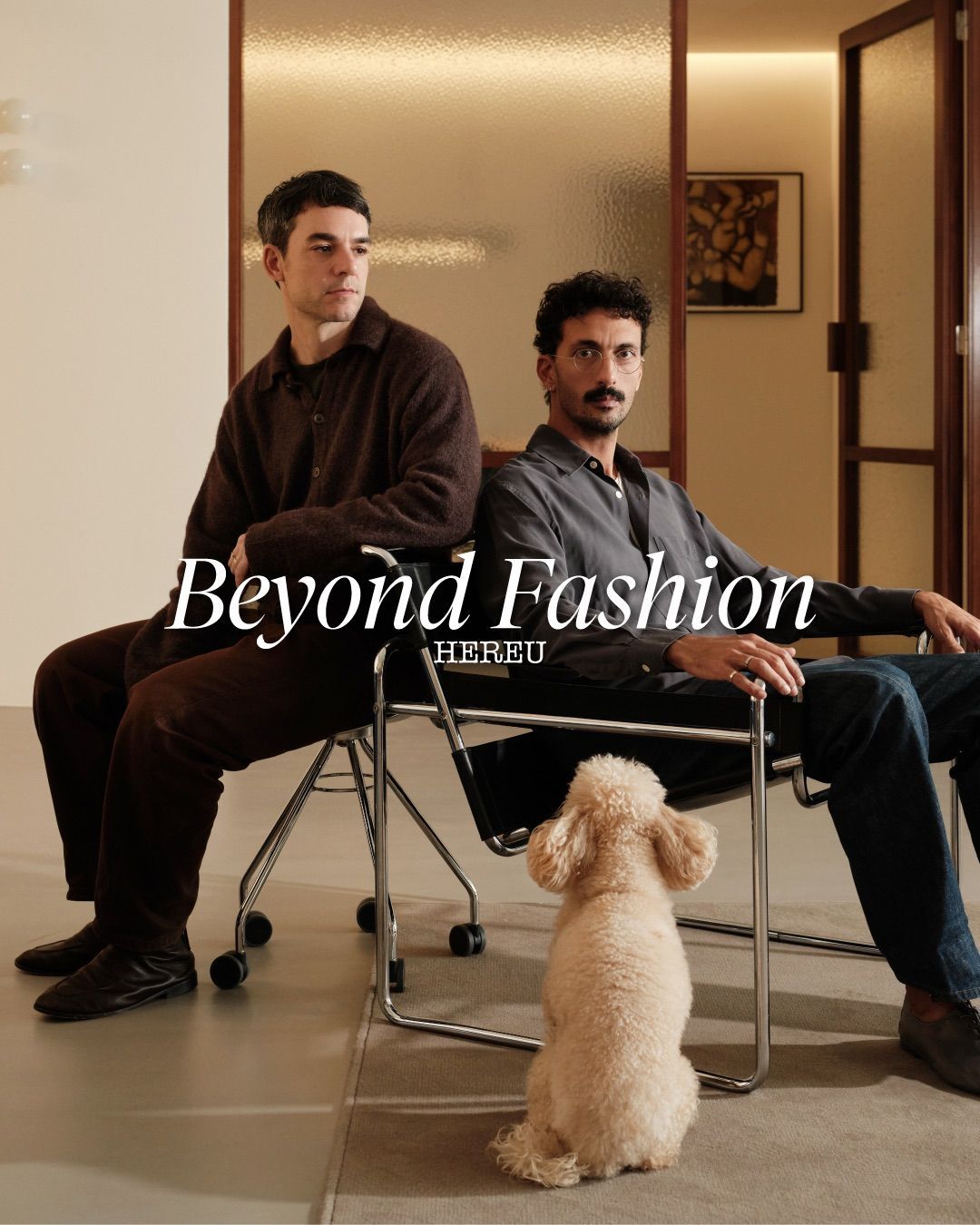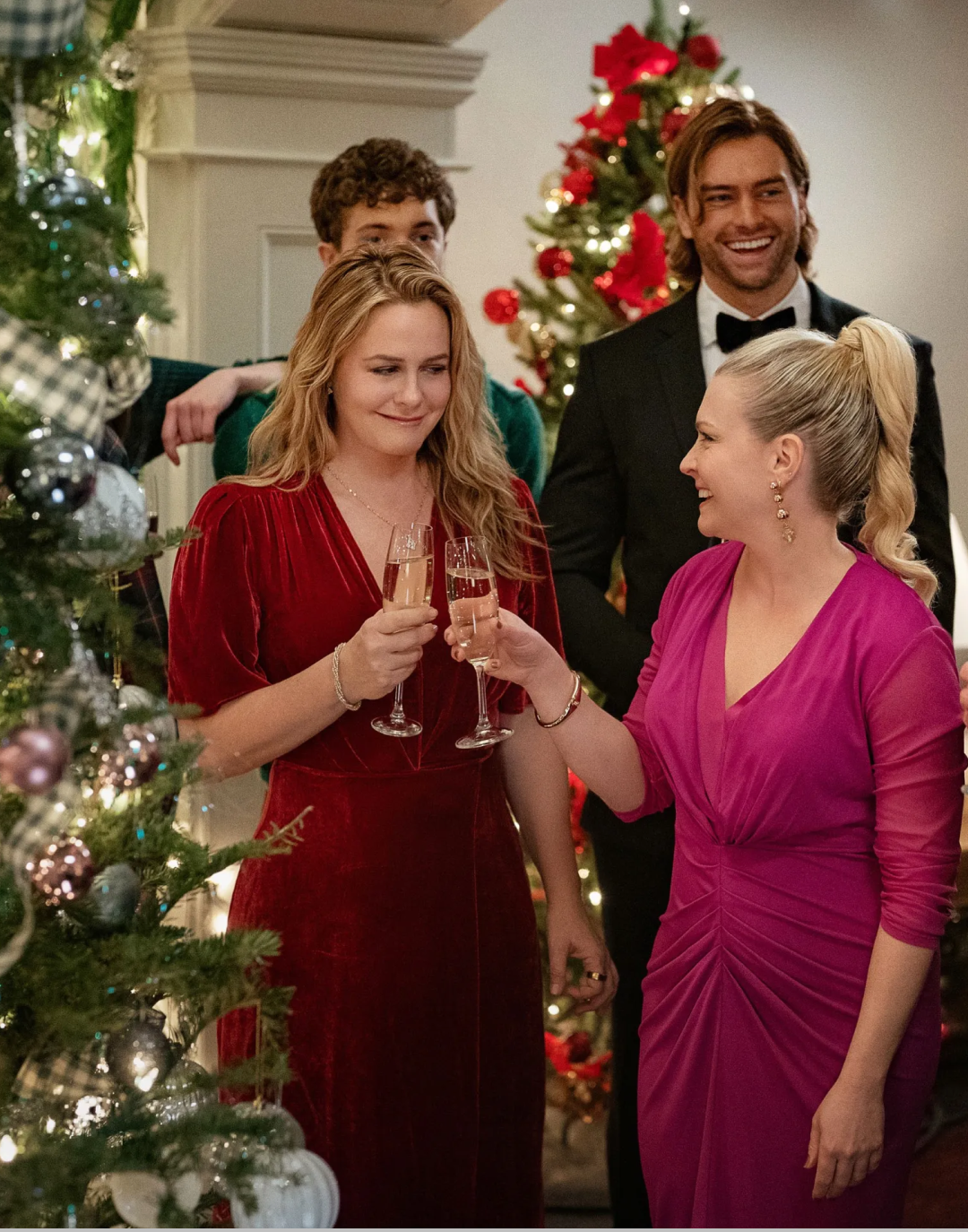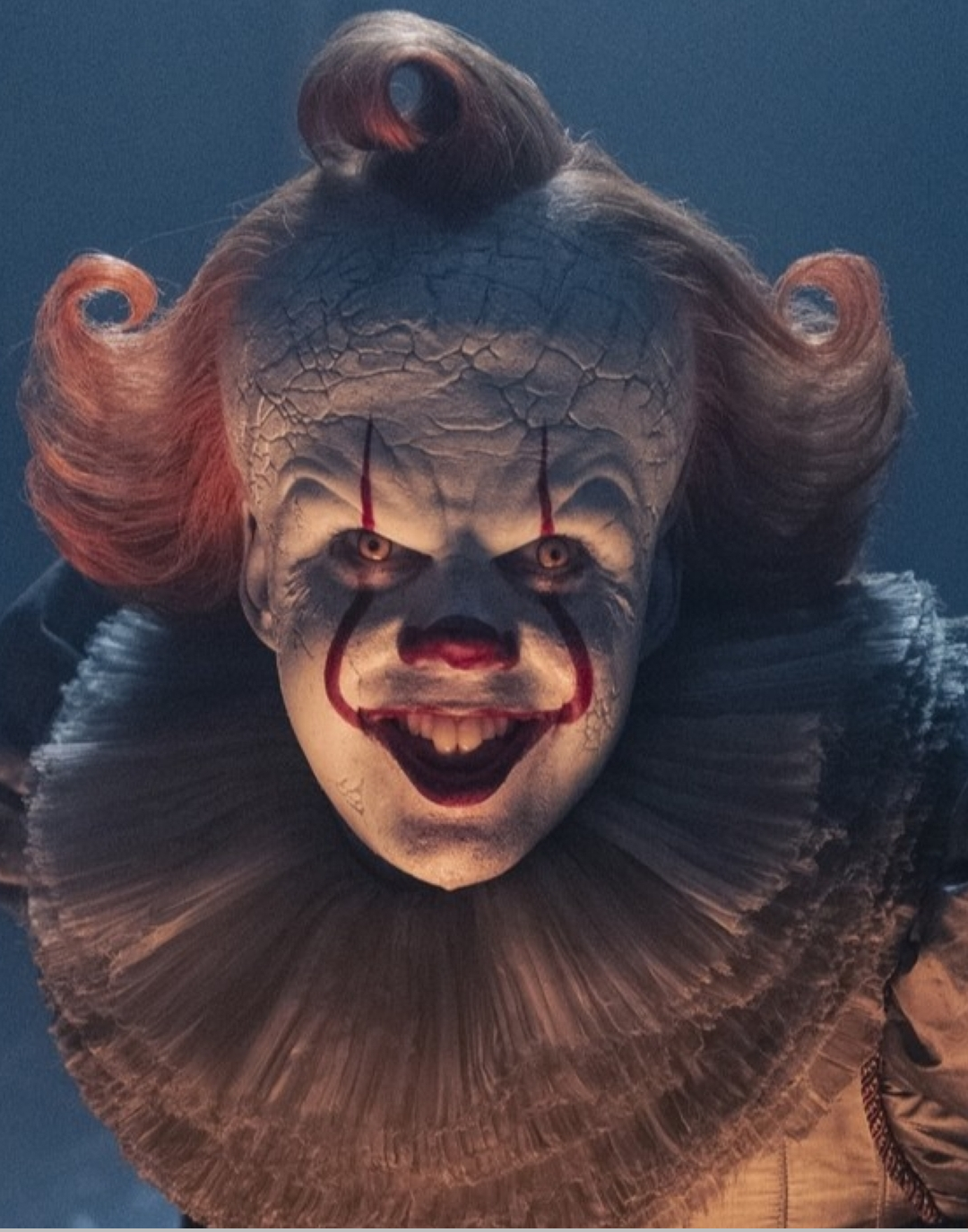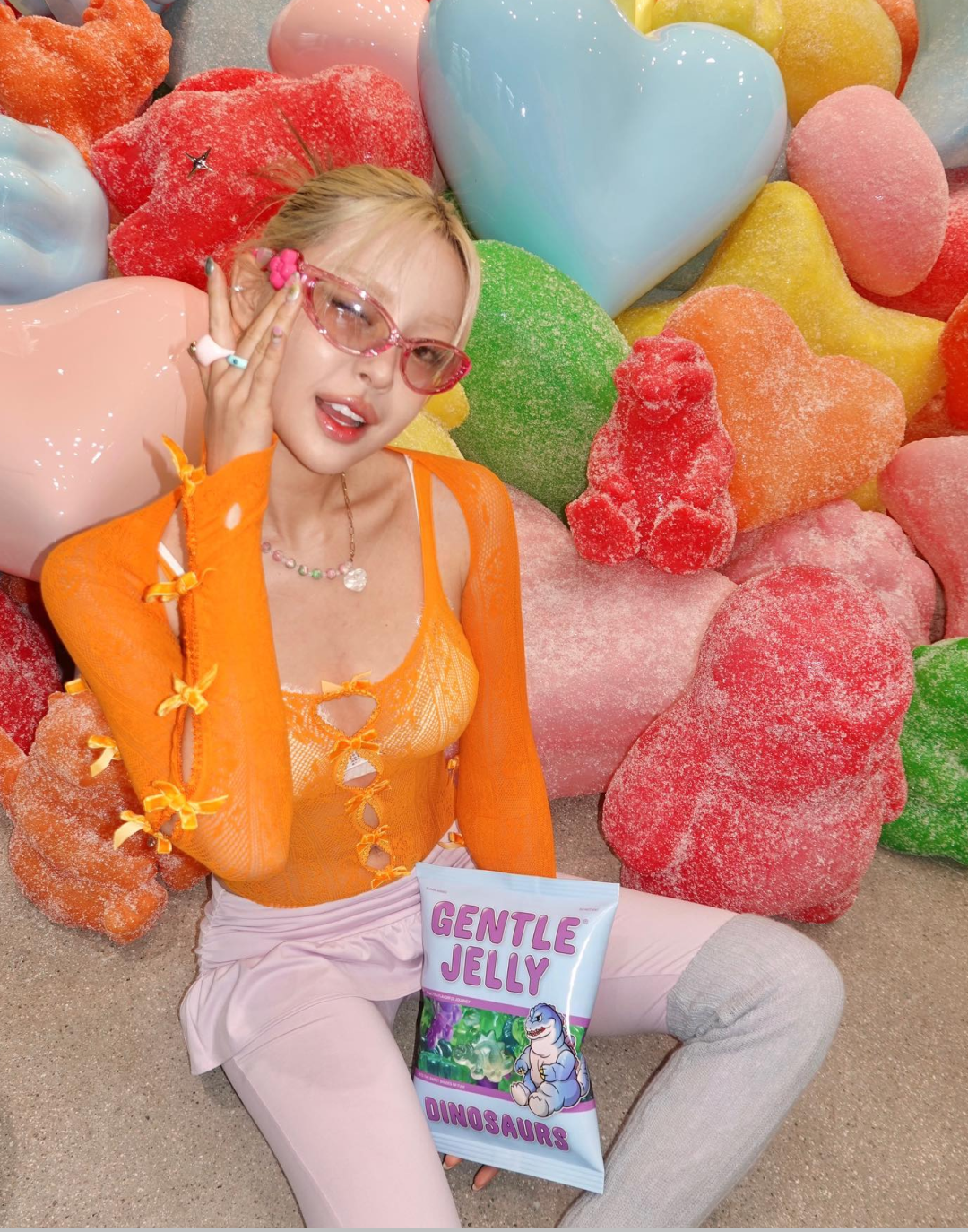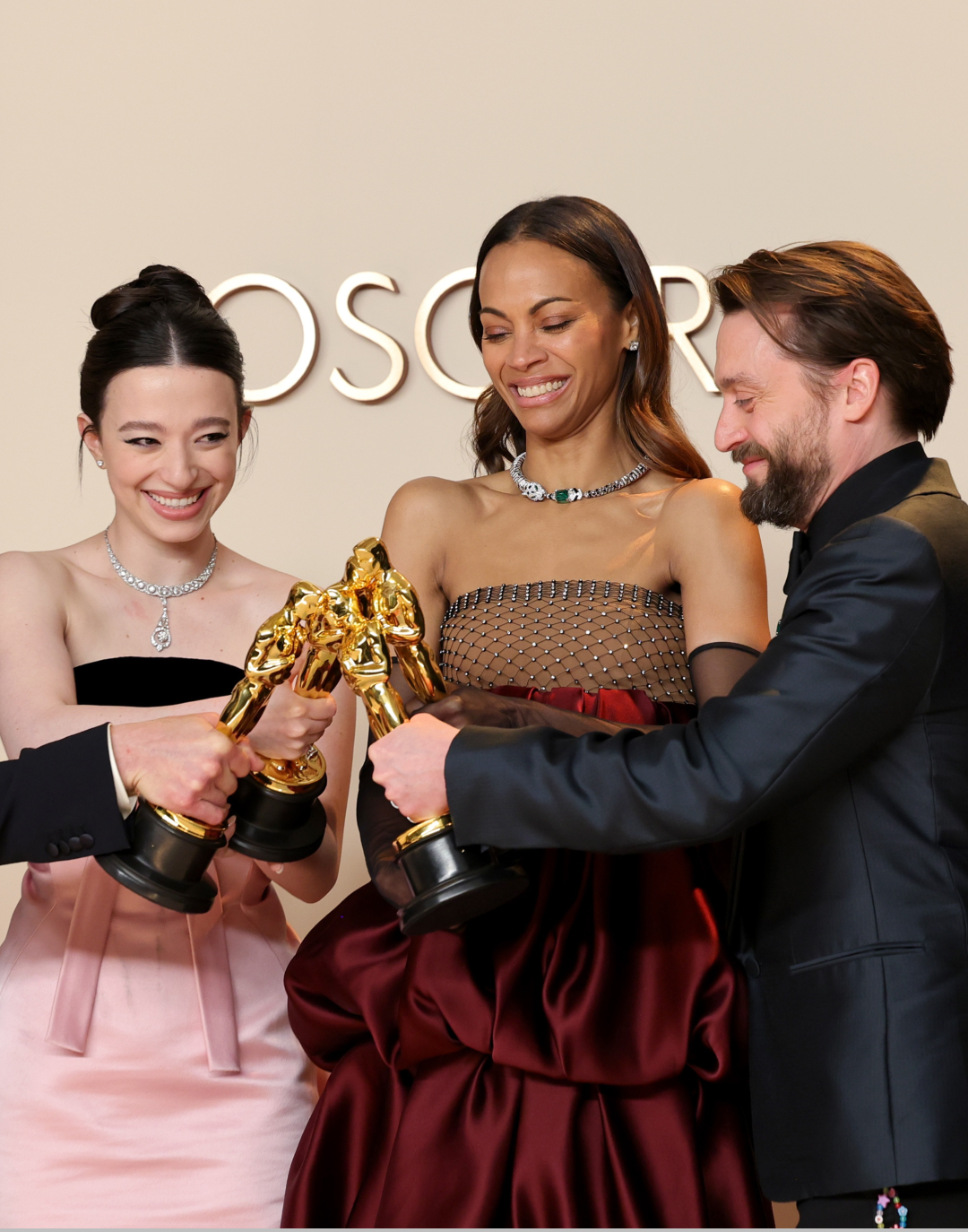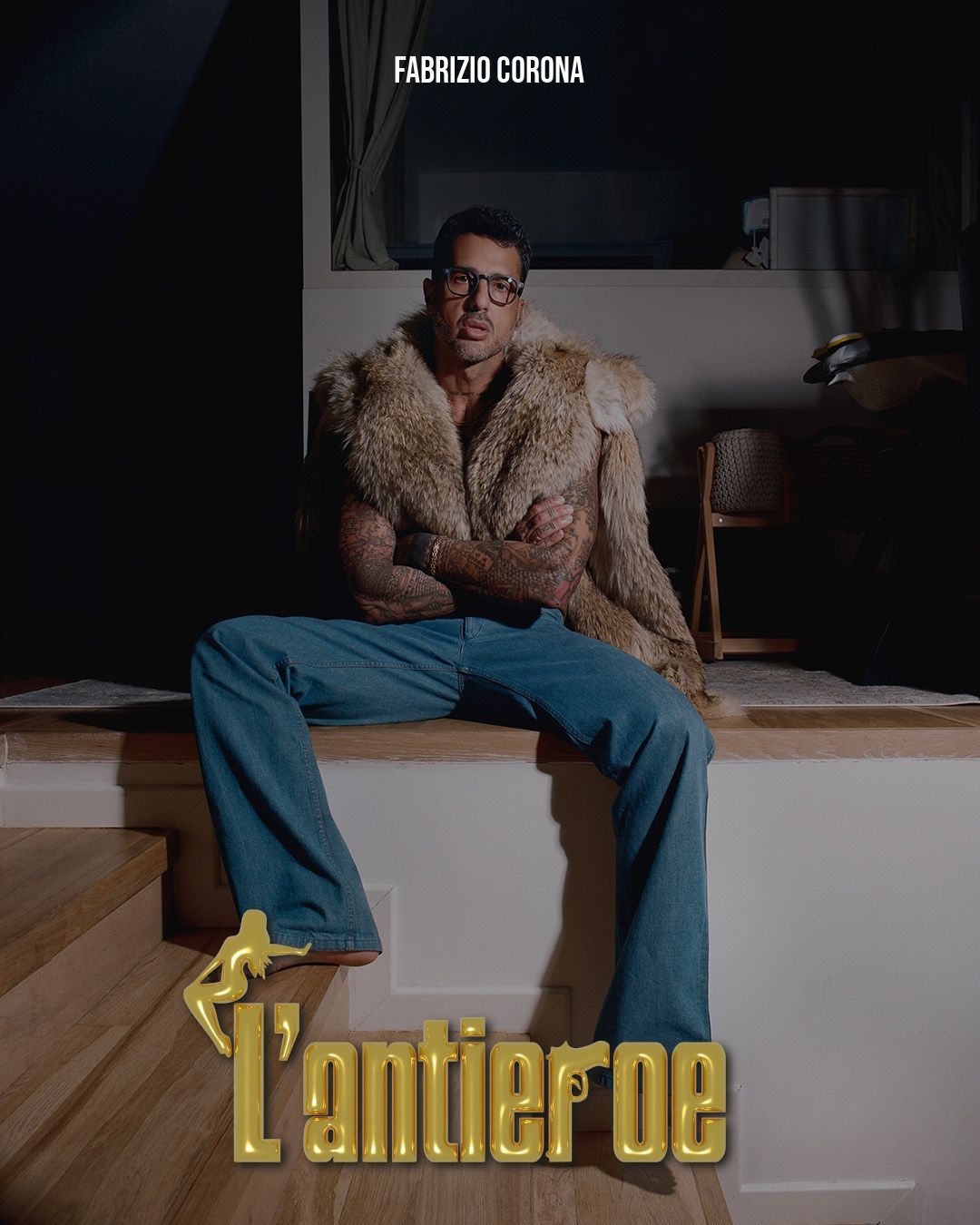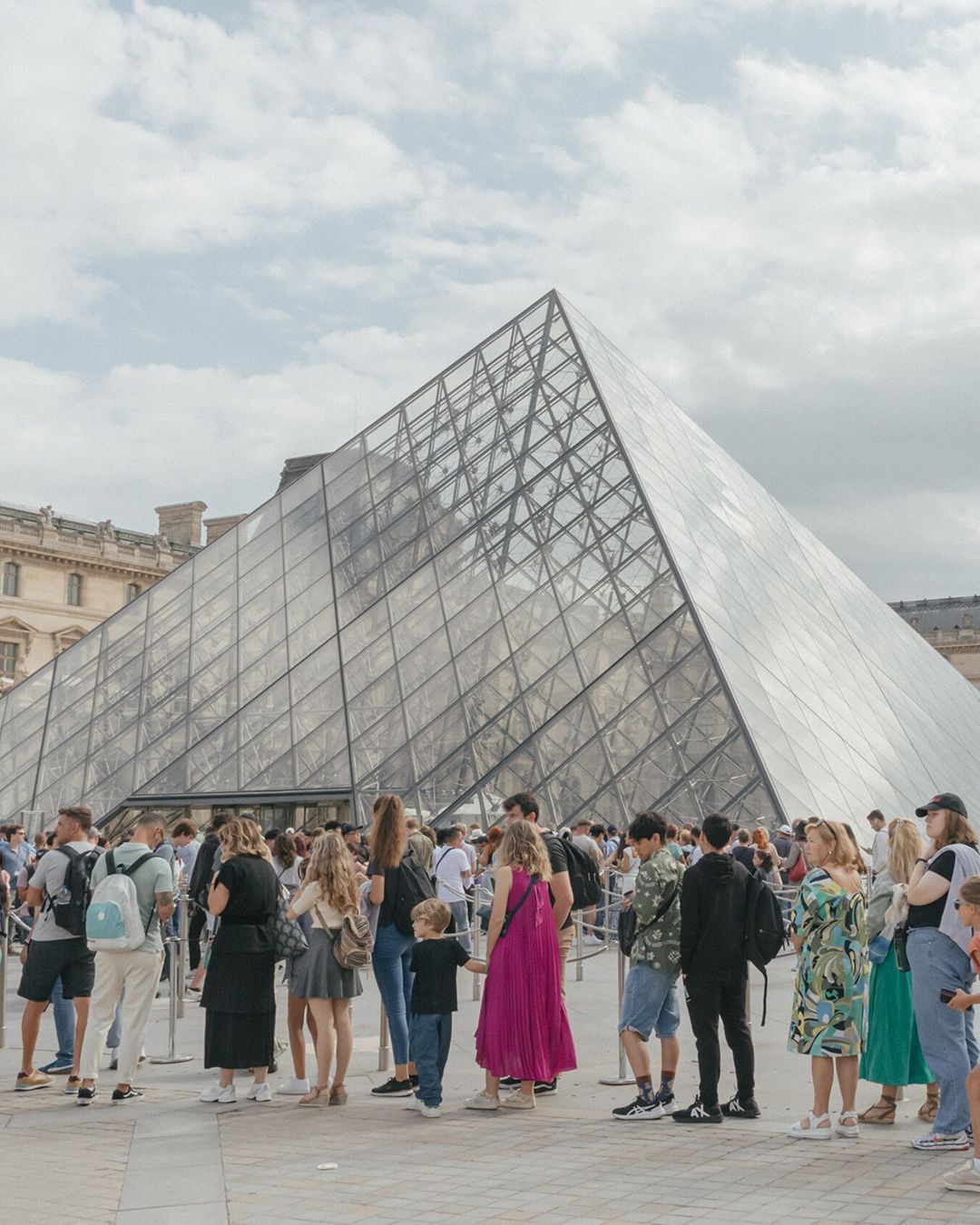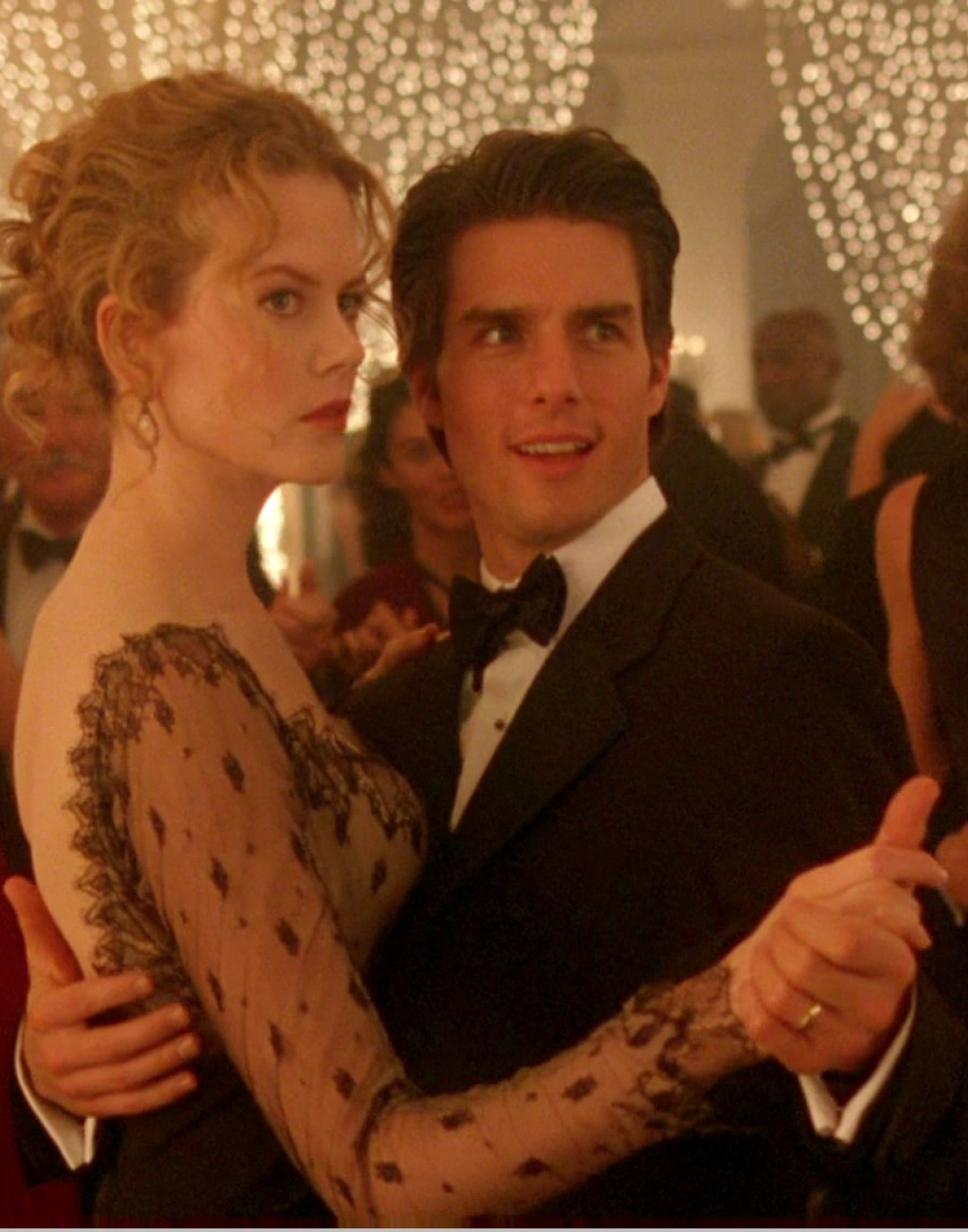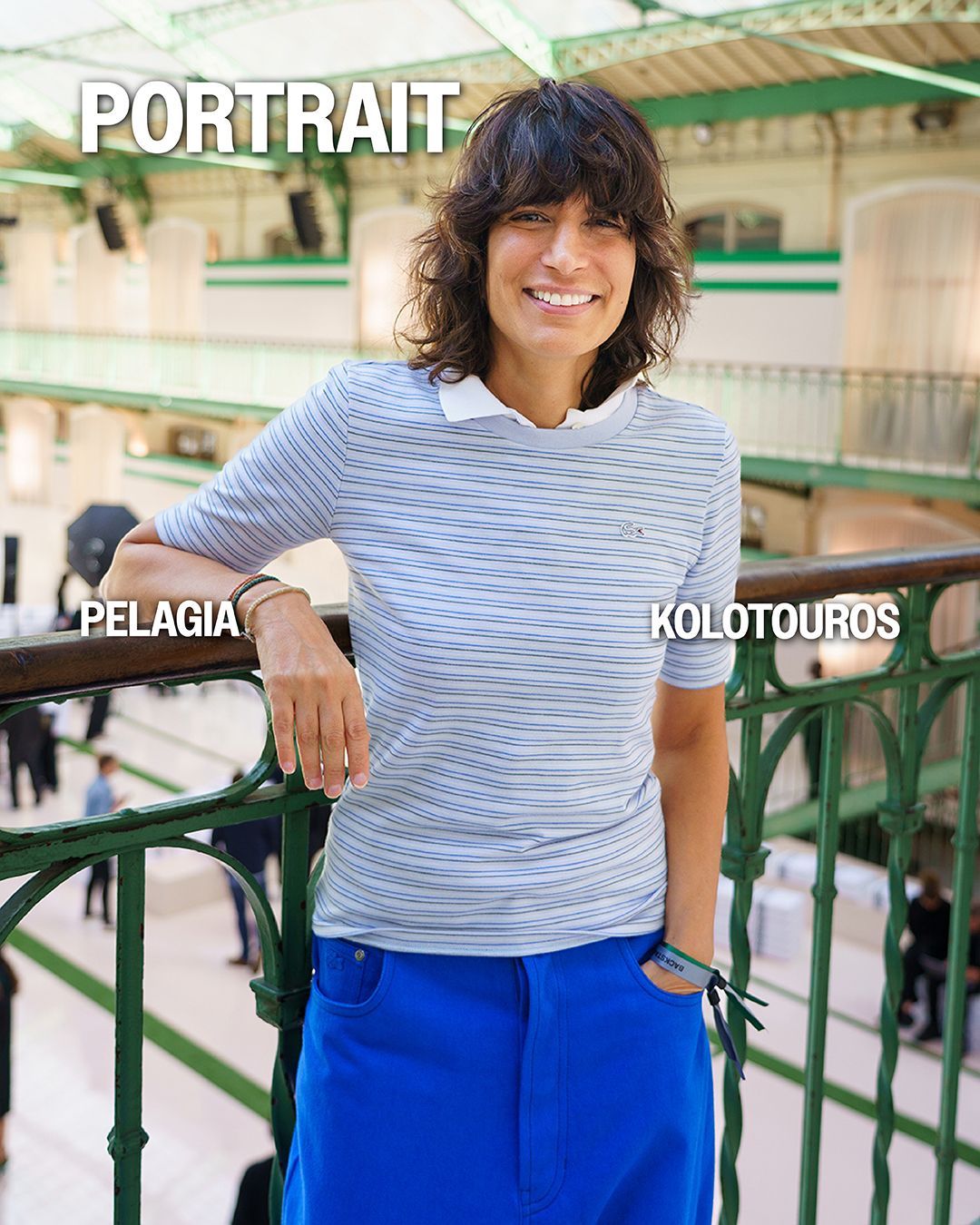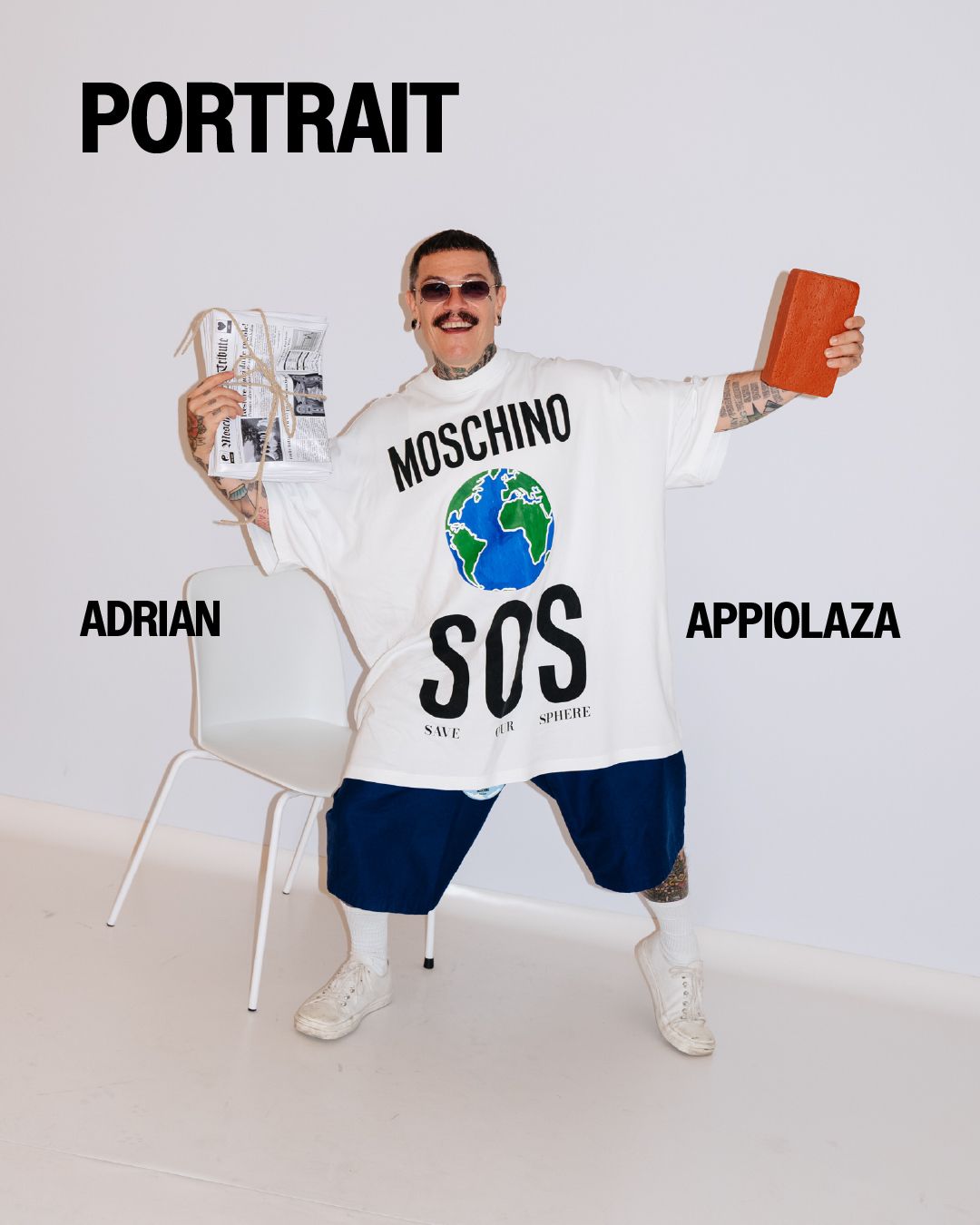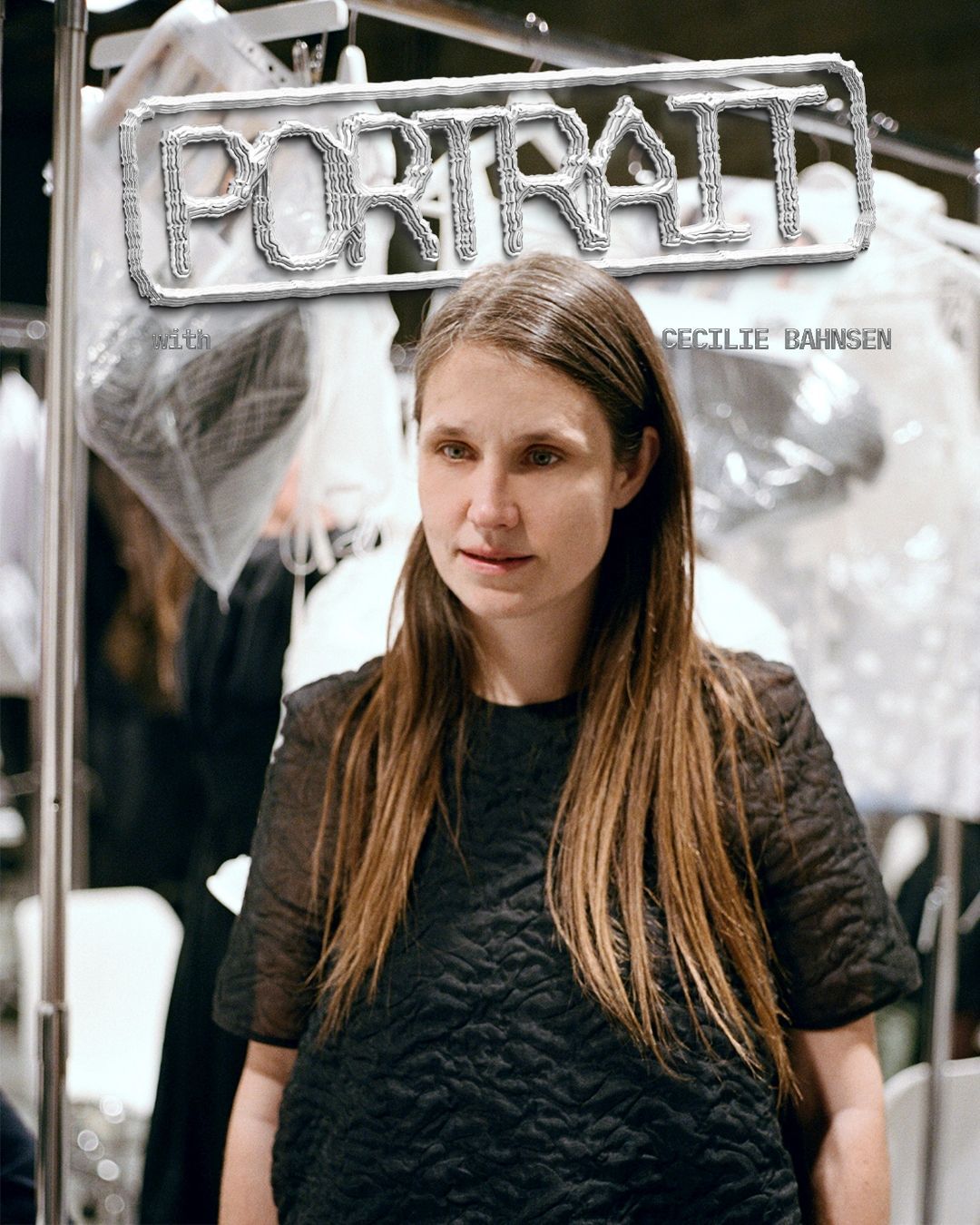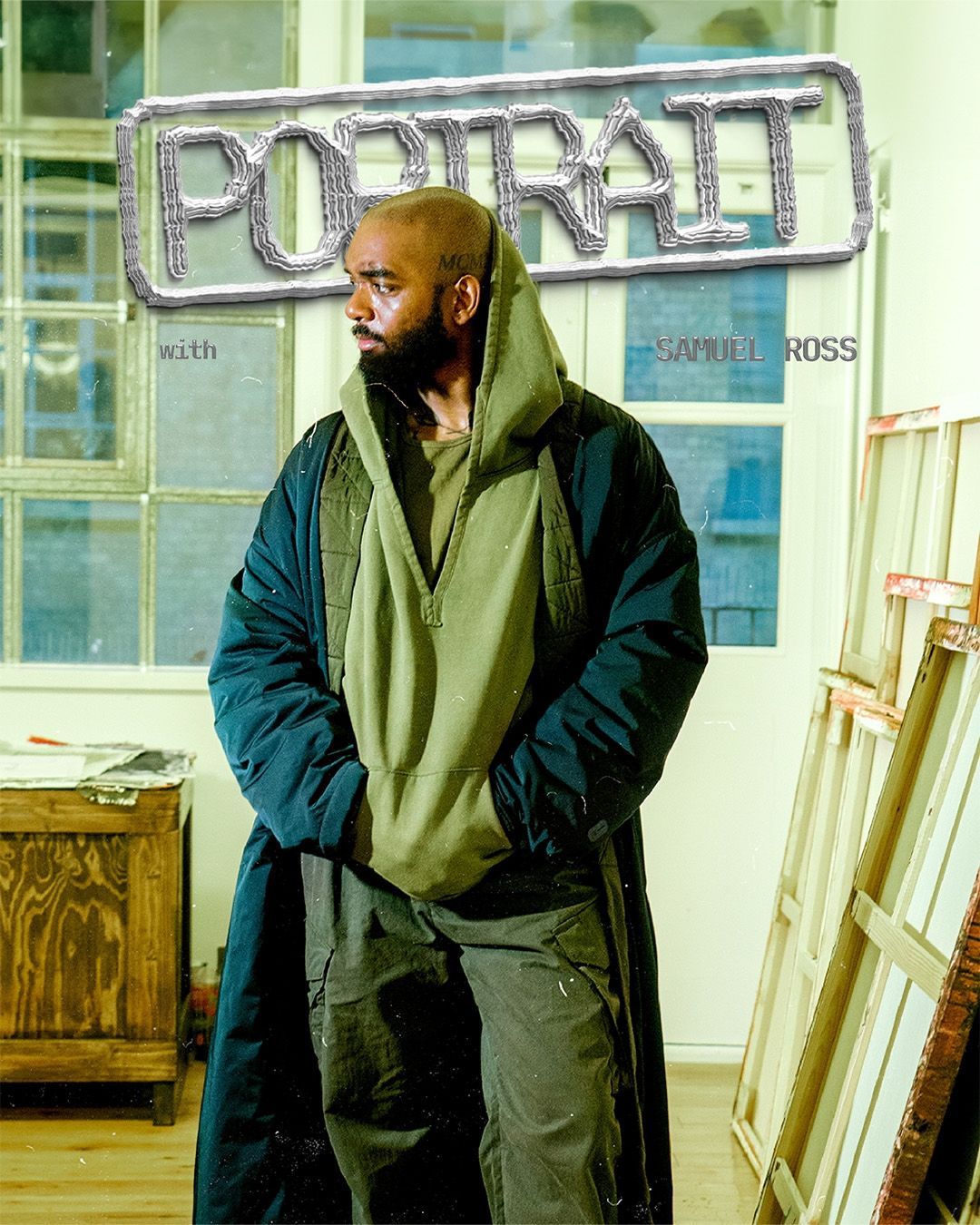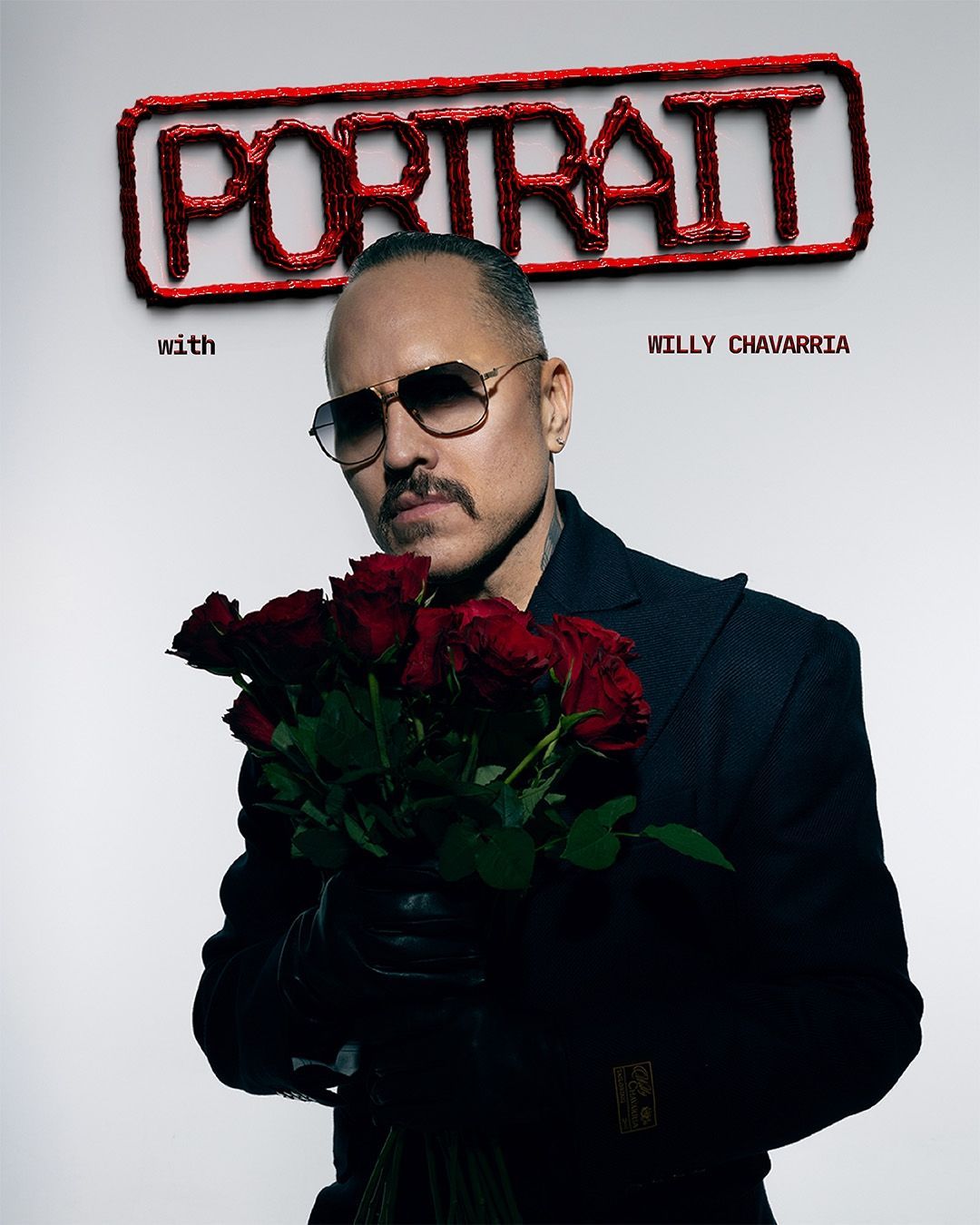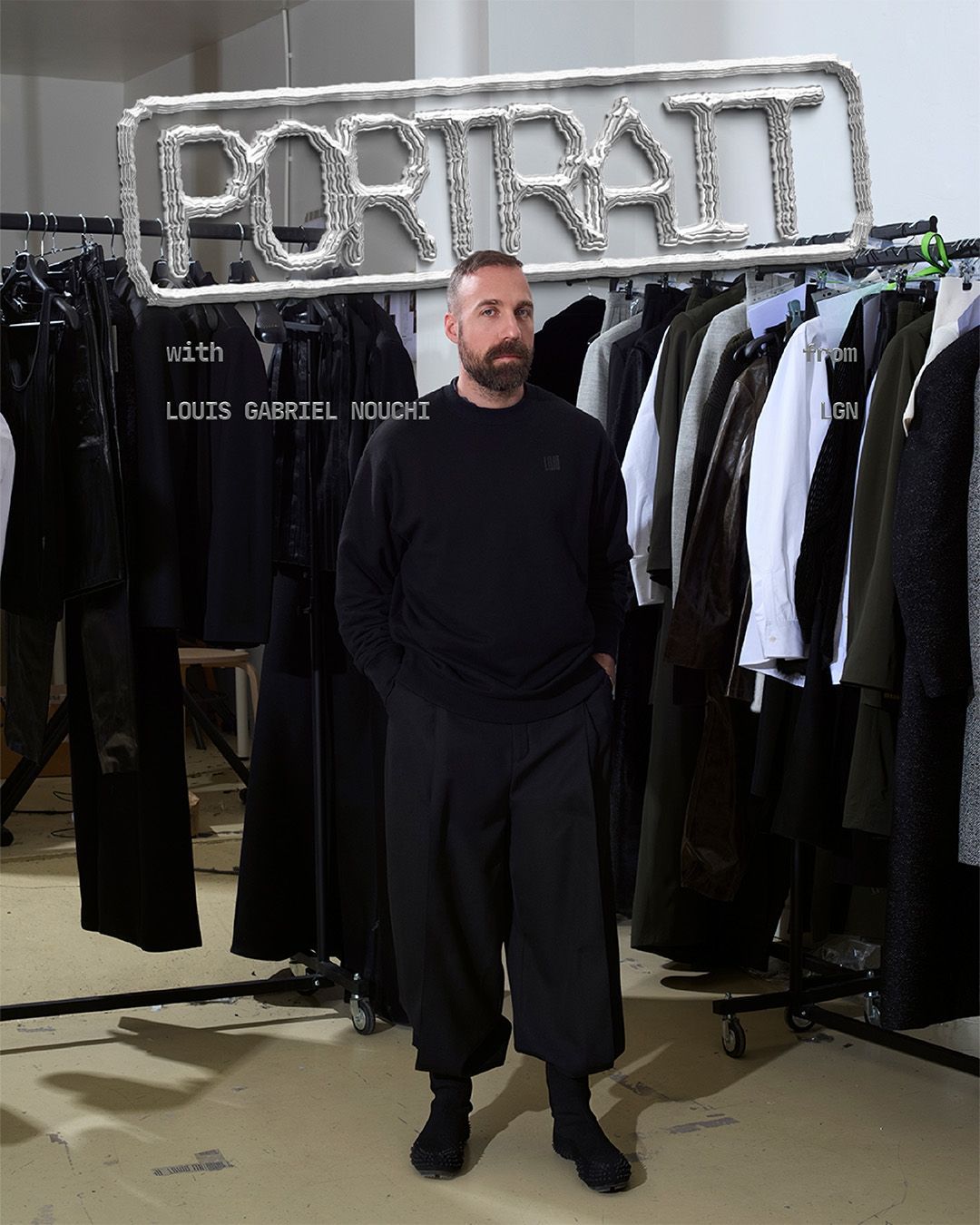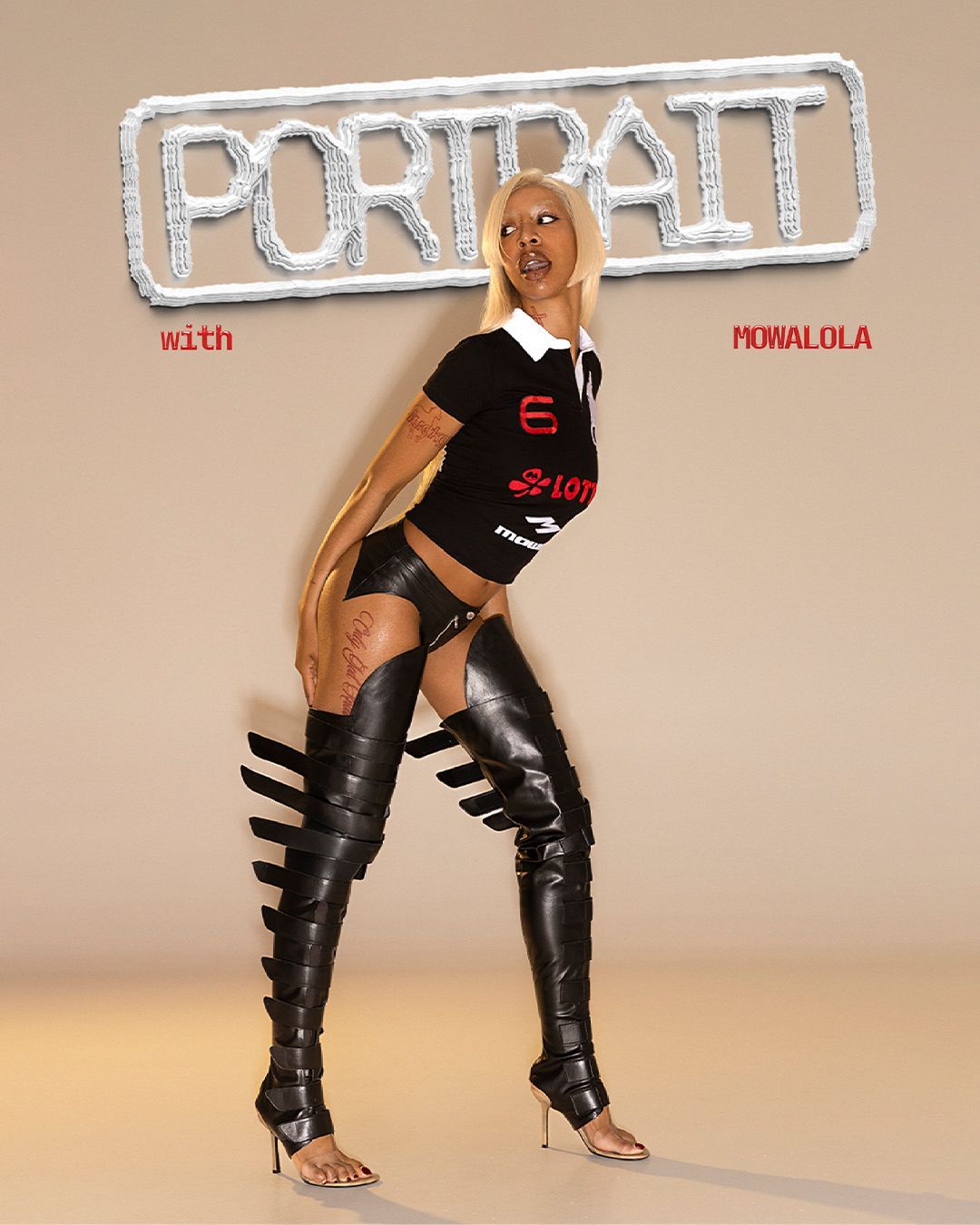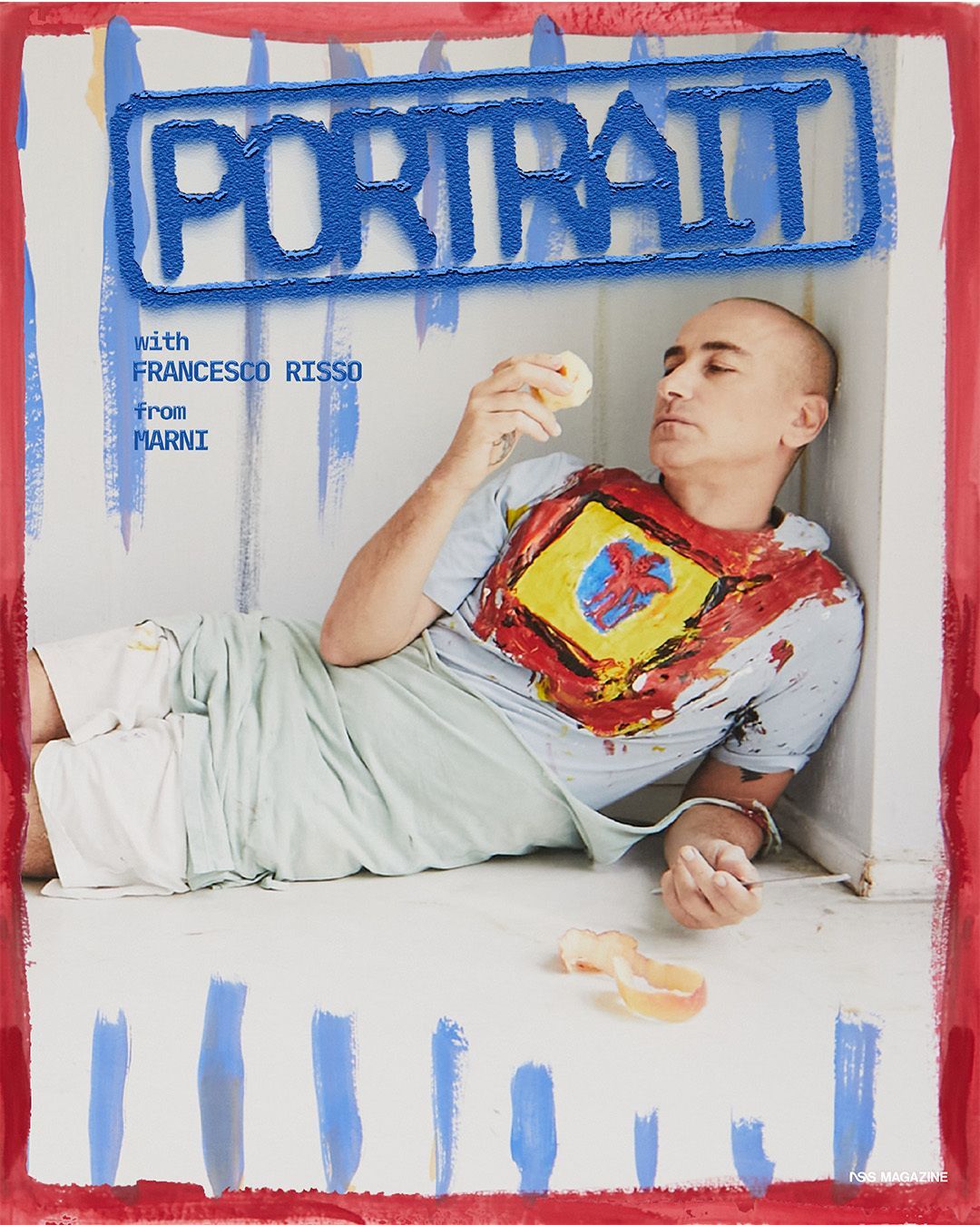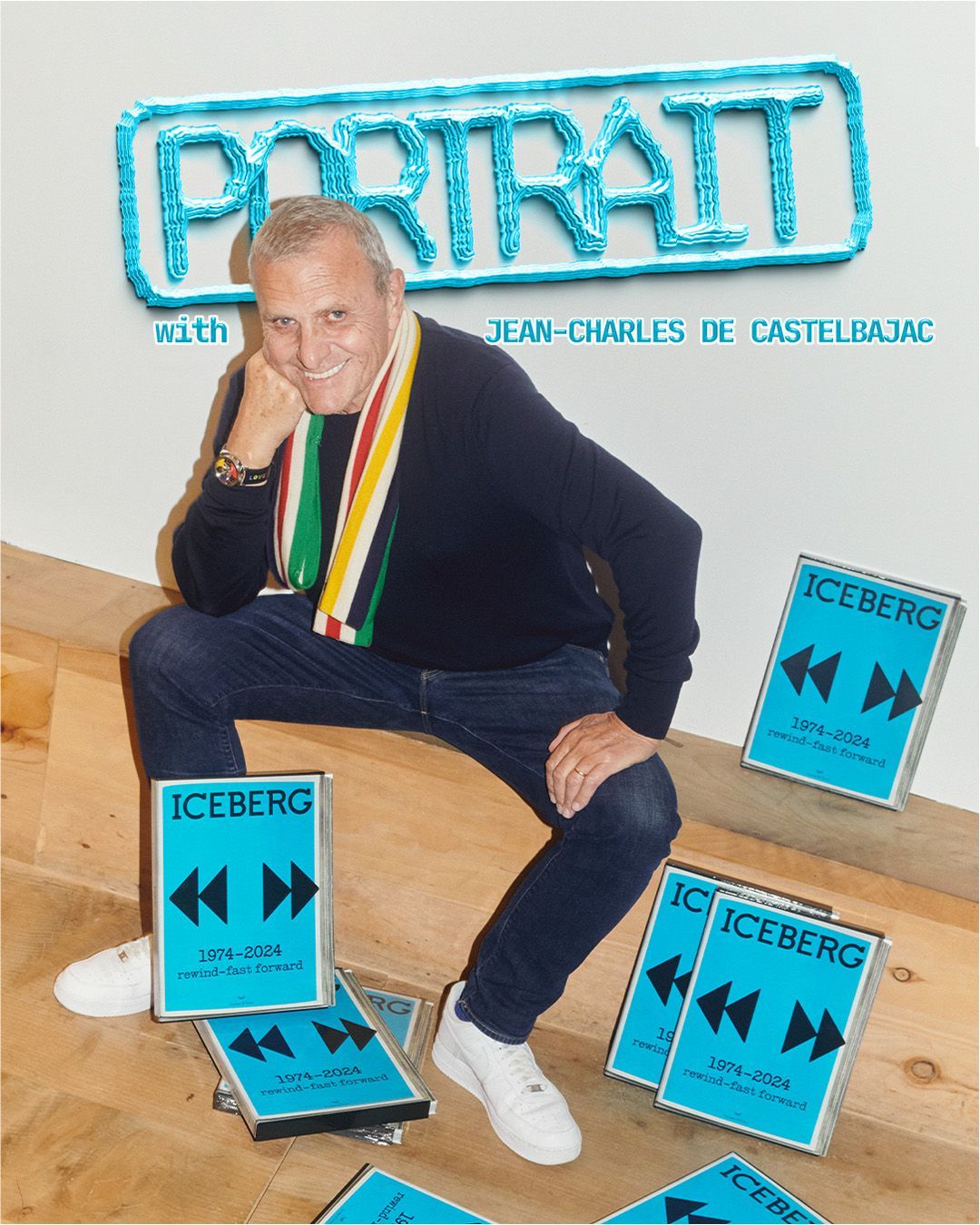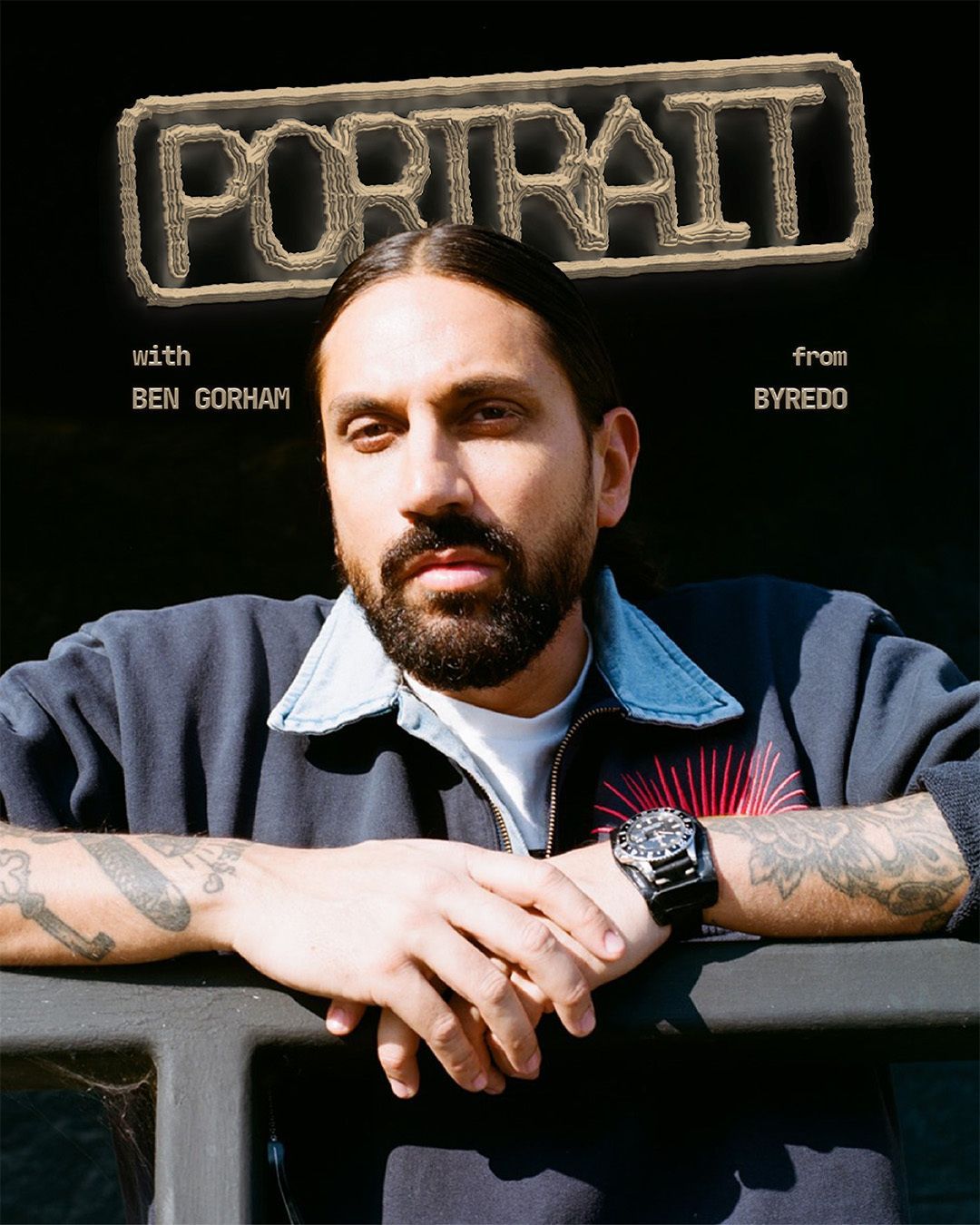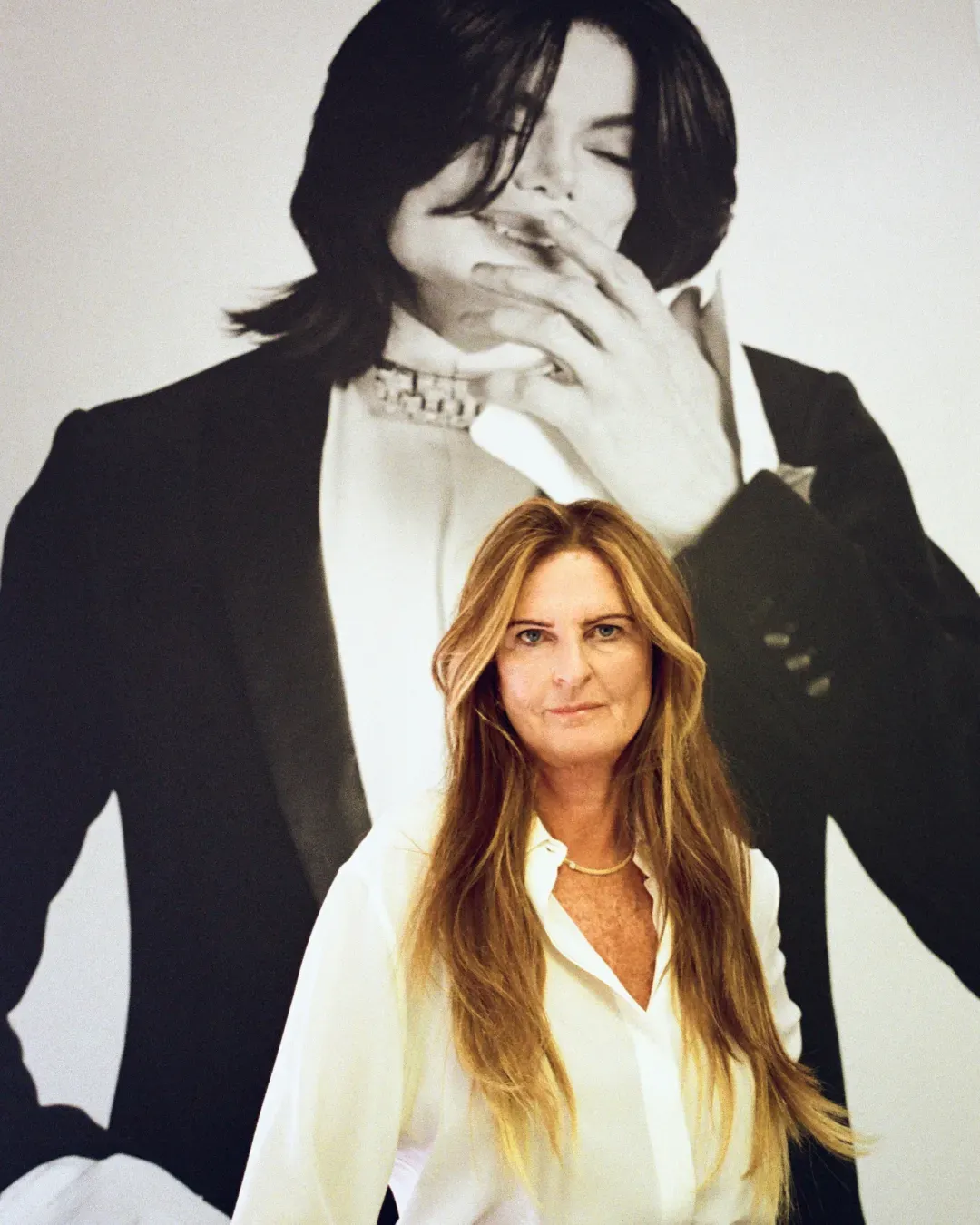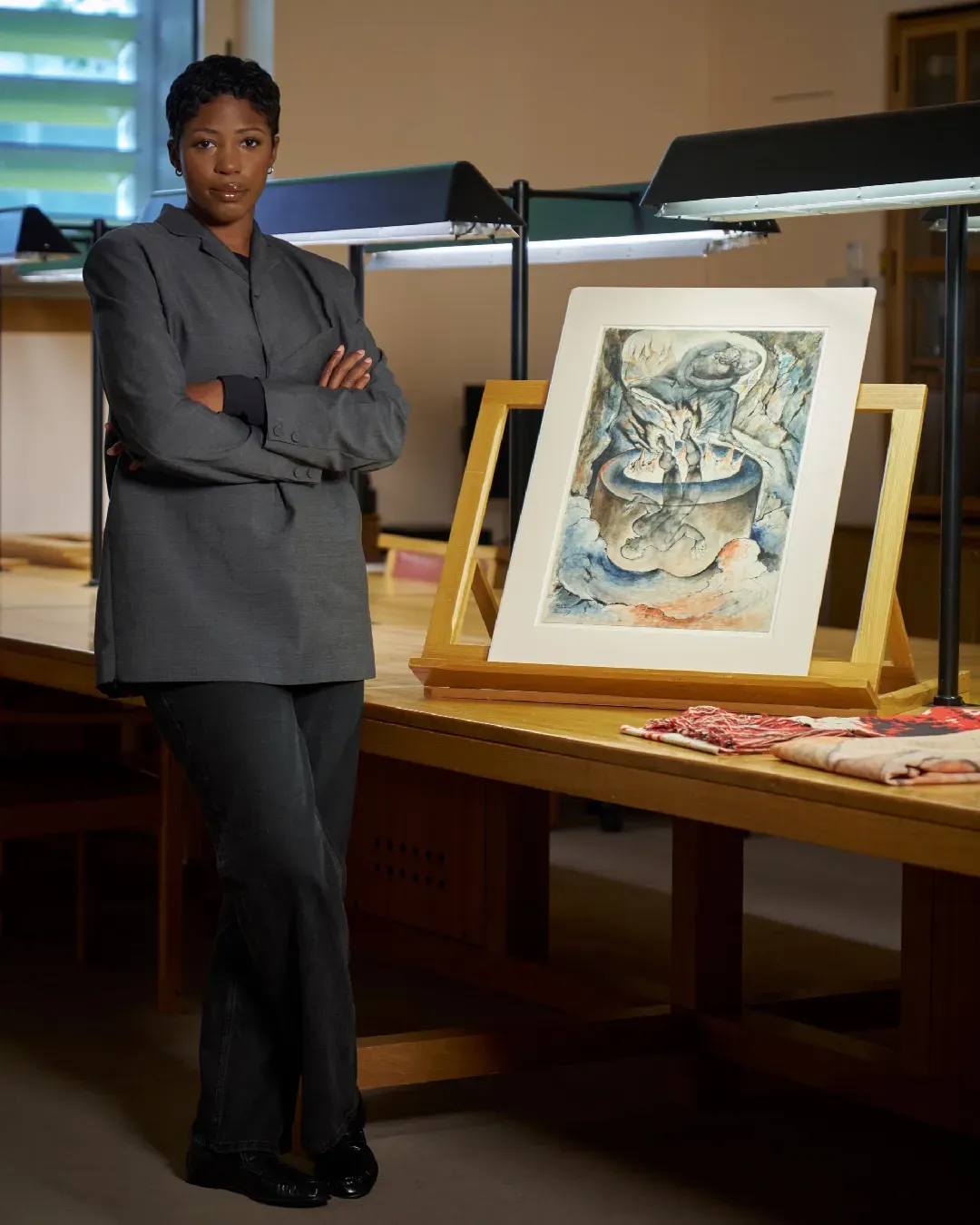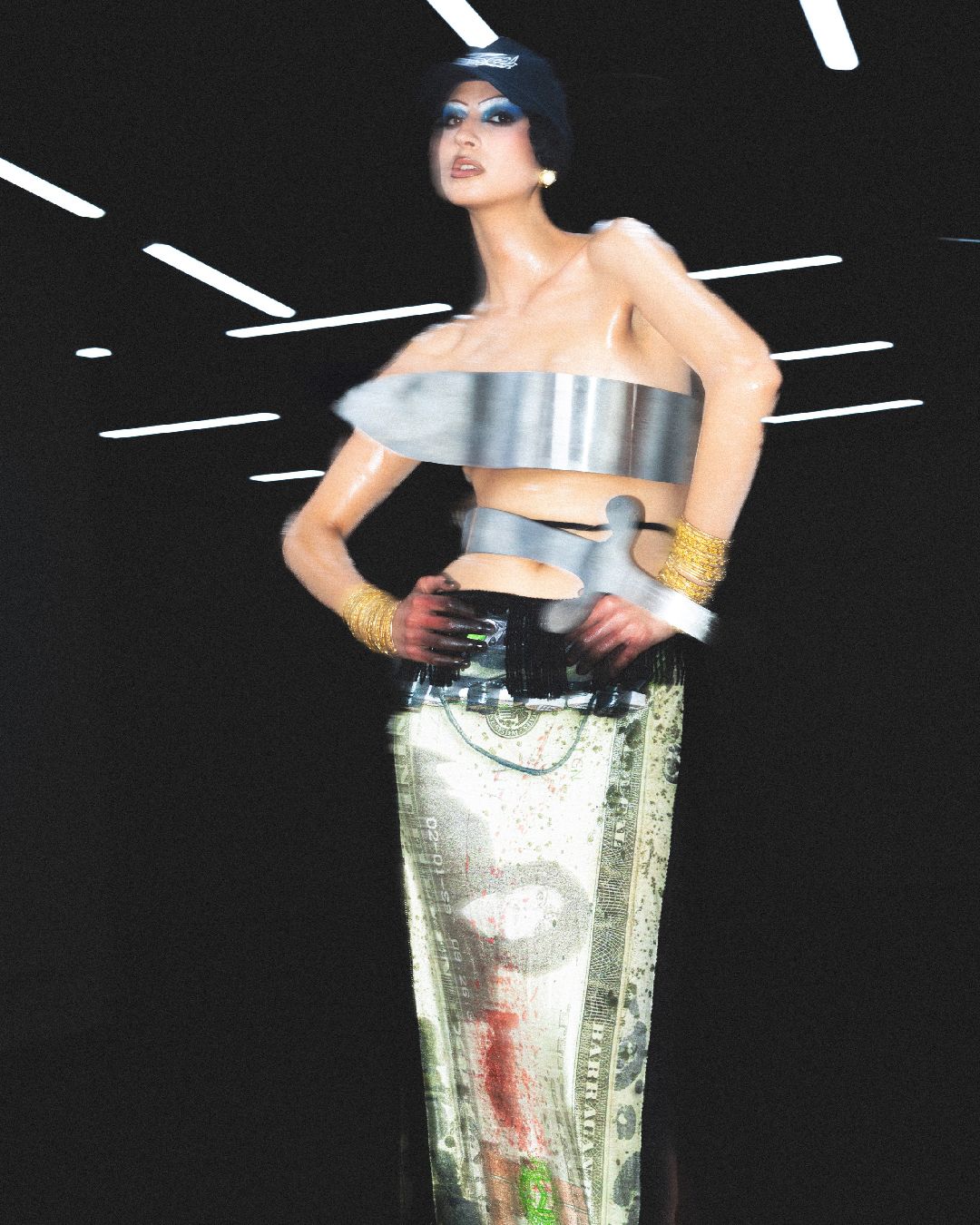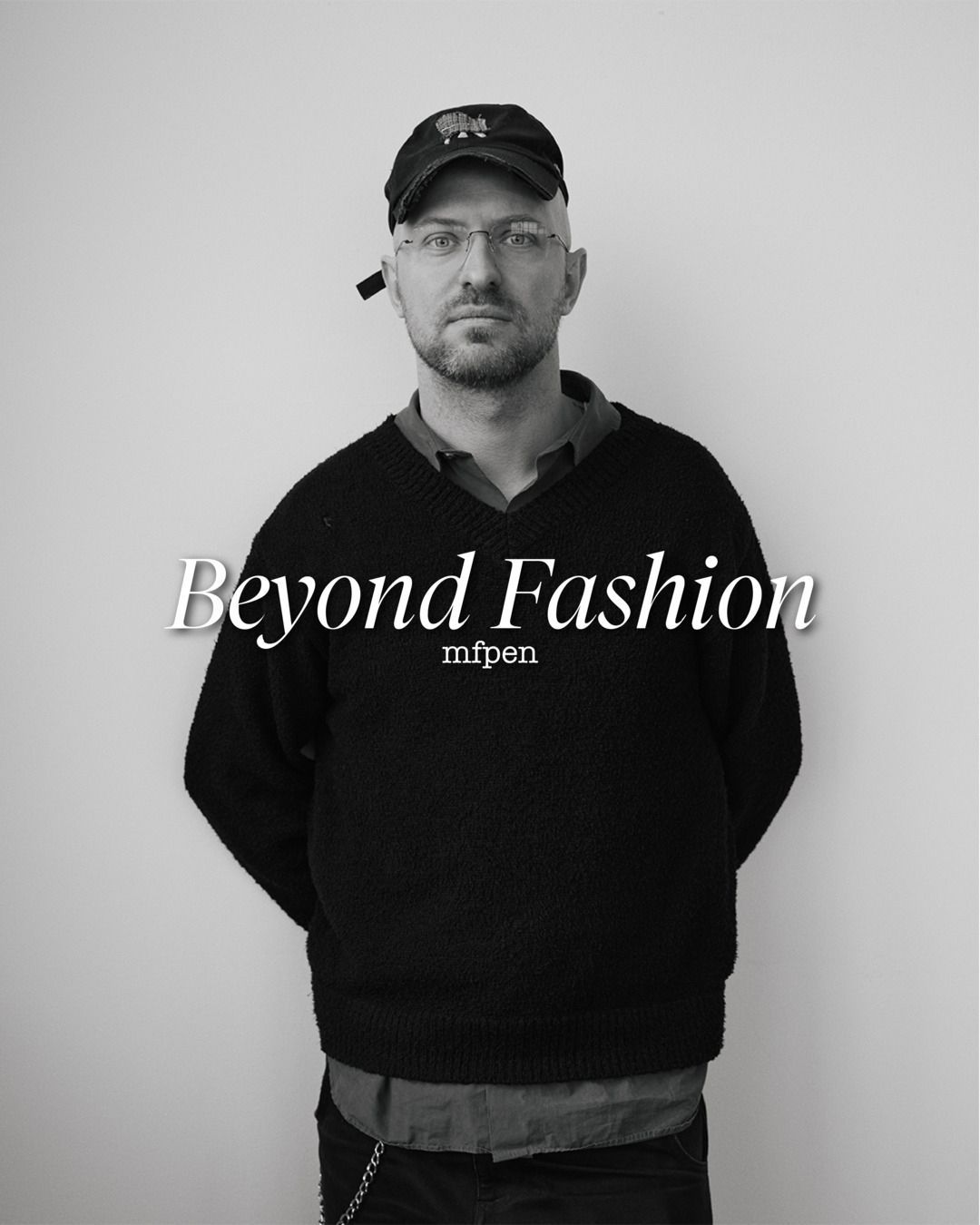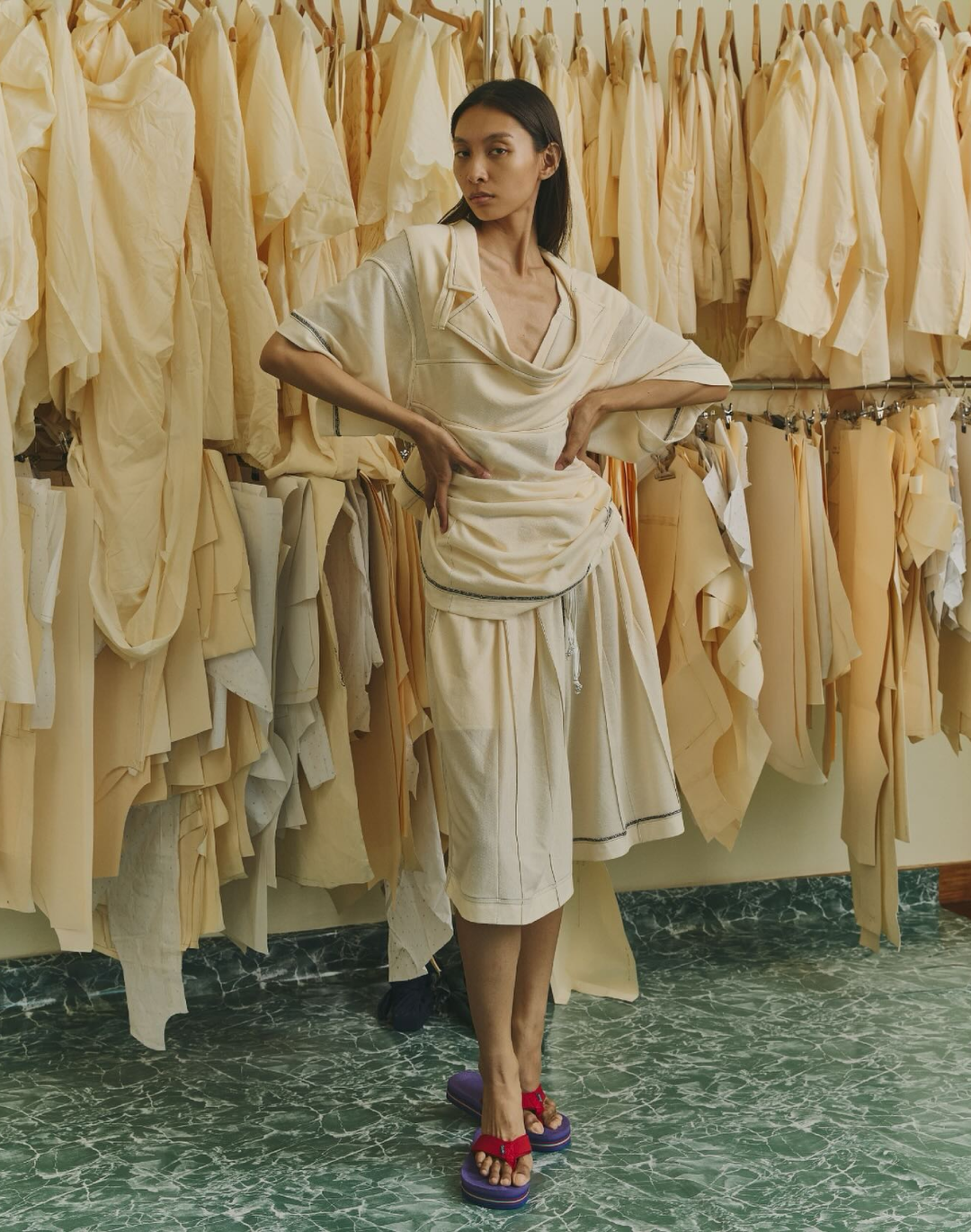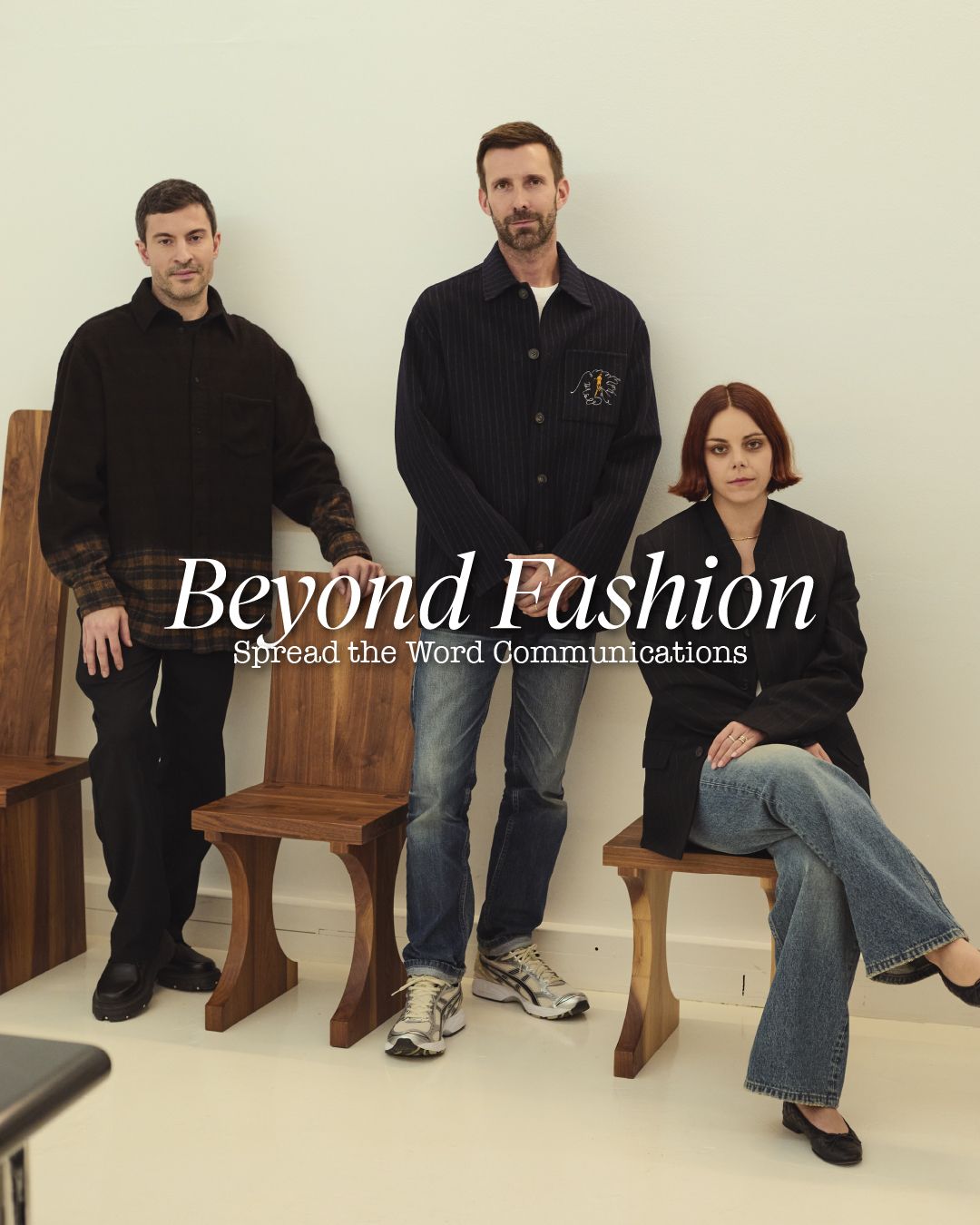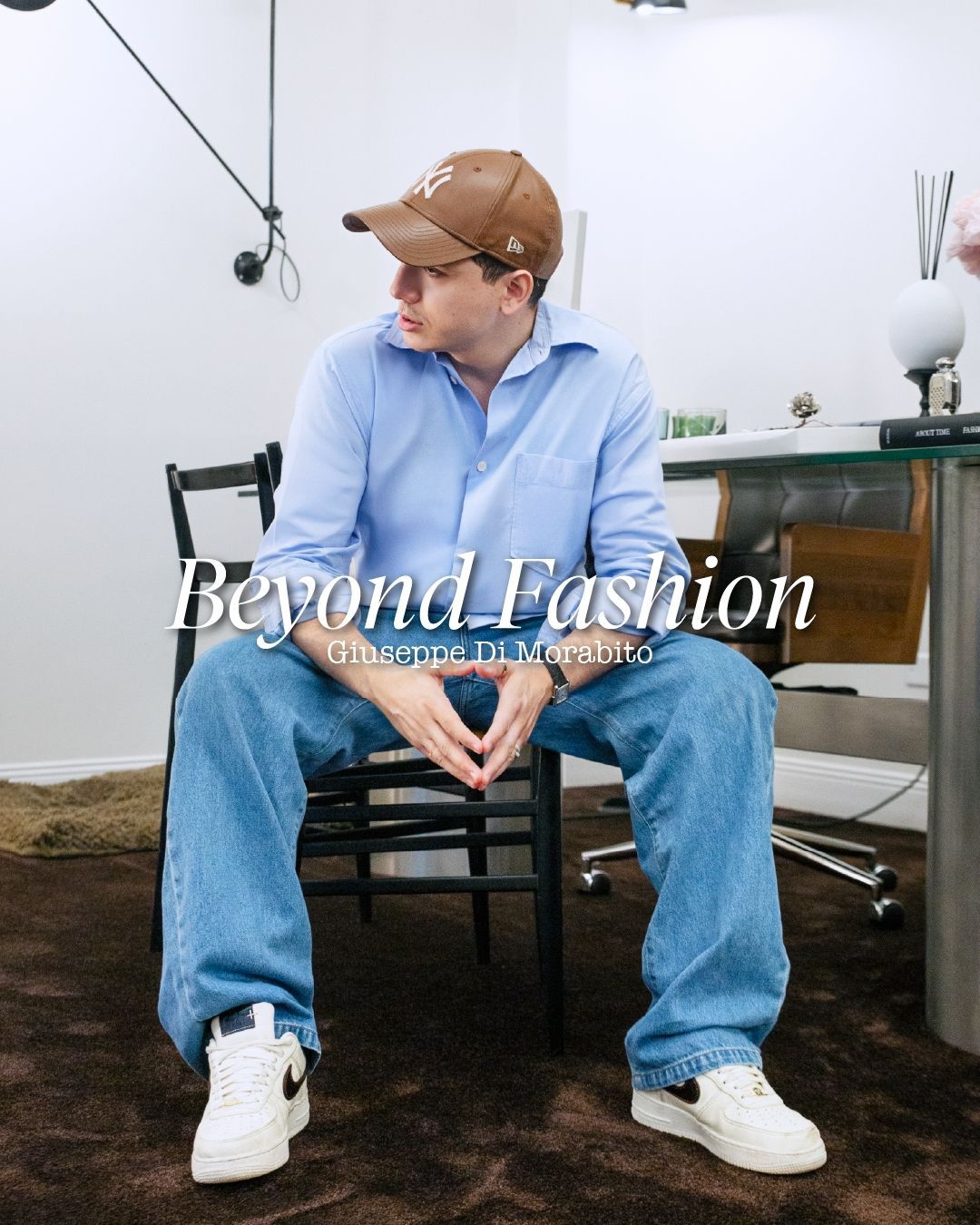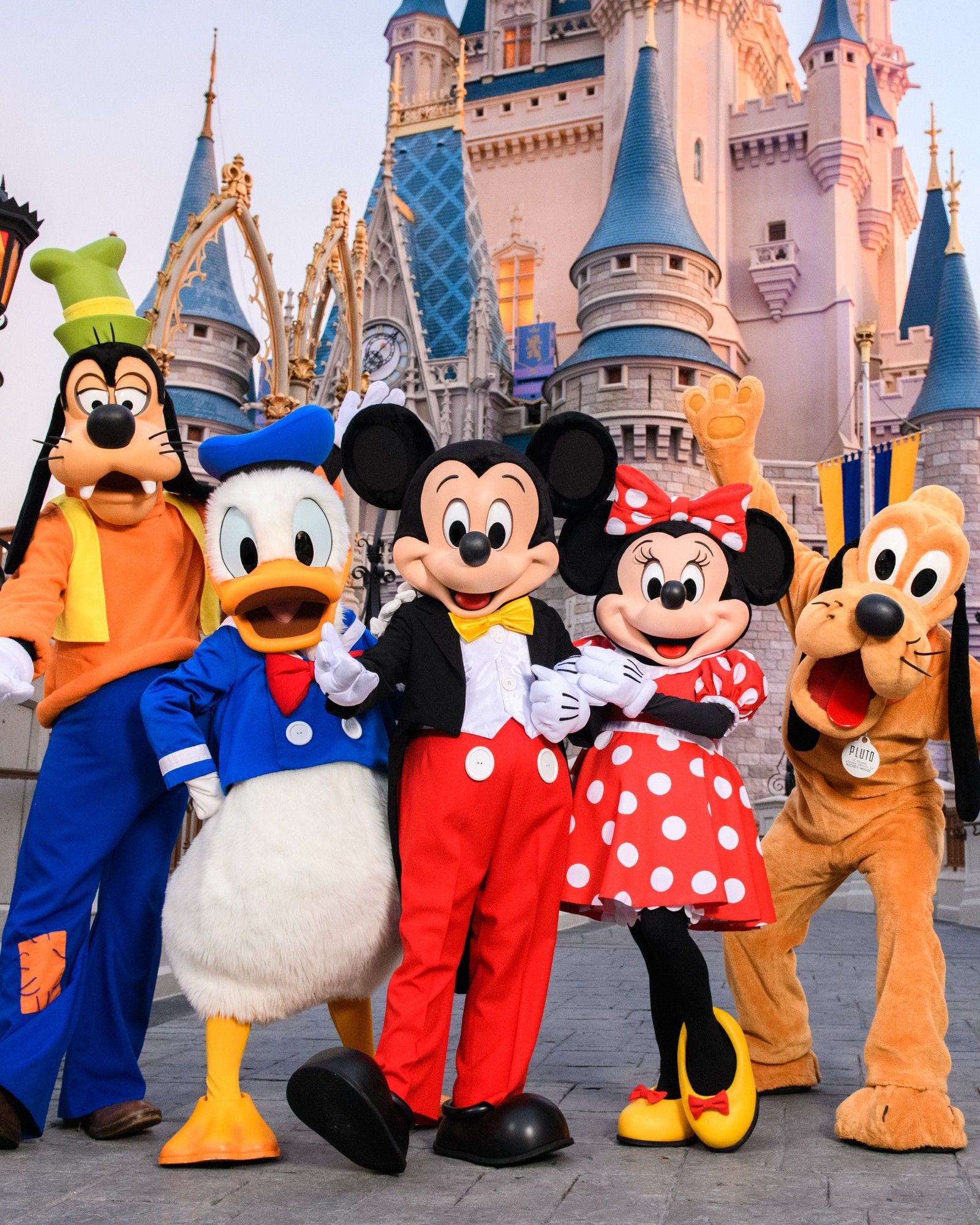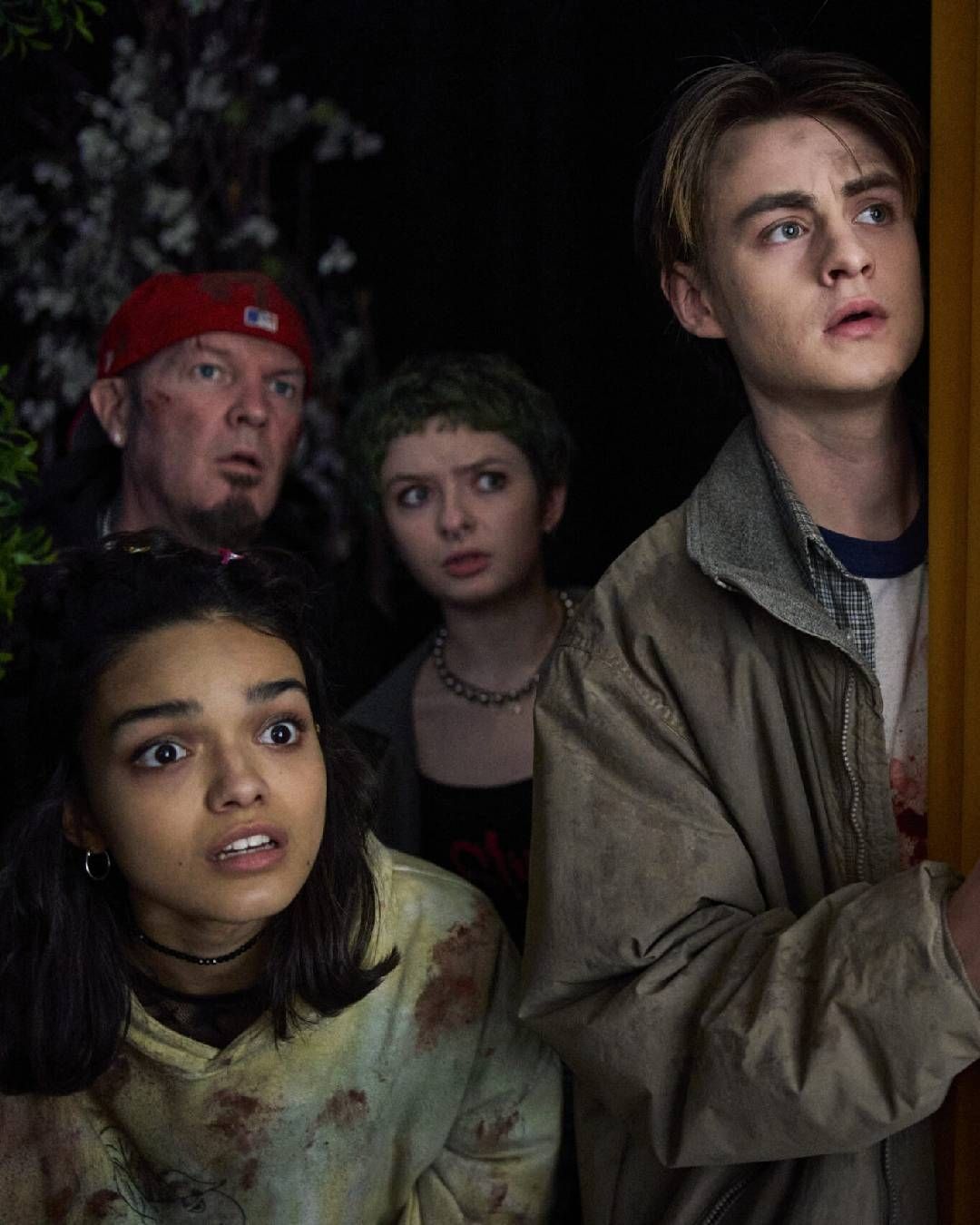
Are the 2000s hard to bring to the big screen? From "Il migliore dei mondi" to "I Saw the TV Glow", how we imagine the future-past.
The time has come: the 2000s are making a comeback. Just look around. French nails are back in fashion, low-rise jeans are replacing high-waisted ones, and social media is buzzing with trends and objects from the past, such as scooby-doos, now turned into luxury accessories, and the booming Sonny Angels, lucky charms created by Japanese designer Tory Soeya in 2004. Even celebrities are bringing back baggy jeans and faded baseball caps, ambassadors of an era we thought was over, but here it is again, revisited by Timothée Chalamet during the press tour for his latest film, A Complete Unknown. A style undoubtedly linked to Bob Dylan's aesthetic—whose character he plays in the film directed by James Mangold—but it doesn’t stray far from the fashion trends awaiting us in the coming months, as previewed during Milan Fashion Week 2025. All these are clear signs of saying goodbye to the nostalgia for the 1980s that Stranger Things had thrust upon us, a trend that seems to have run its course. Even the '90s have been bypassed with surprising speed, especially in terms of products and cultural trends. A decade that didn't have the same boom as its predecessor and now seems destined to leave—or share—space with everything that followed the Millennium Bug. This is evident in national and international film productions, which have recently chosen to set their stories in that time period, often combining them with genres that evoke the sense of fear and upheaval that the 2000s brought. A decision that also leads to choosing the surreal, trying to imagine through fantasy what could have happened at the stroke of midnight between December 31 and January 1 of the new year. Even Roman Polański's The Palace could fall into this category: set on New Year’s Eve 1999, although it is merely a comedy, the work is the loudest flop of the Polish director's career, attributable to the oddities (not pleasant ones) explored in similar productions, precisely because they are completely out of orbit.
@stx7tur #rachelzegler in a24's new horror trailer, I even found it interesting , new Final Girl ? or new Kay #a24 #y2k #y2kmovie #a24films #rachelzegleredit #horror som original - Tur
A comedian who, on the other hand, managed to find the right tone was Maccio Capatonda in his film Il migliore dei mondi, released in 2023 on Prime Video. The story depicts a world technologically left behind after the panic caused by the Millennium Bug, with the protagonist finding himself transported to a reality devoid of the technological advancements we now take for granted. A film that uses humor to tell us that, in the end, technology isn’t what determines whether things are better or worse. We are all destined to make mistakes, to rebel, to fall in love—and it doesn’t matter whether we do so using an internet connection or not. Another work set in the same era, also with a sci-fi twist but this time with semi-horror undertones, is Y2K by Kyle Mooney. Written by the director alongside Evan Winter, with the title being the term used by English speakers to refer to the year 2000, the film follows a group of young people who, unsure of what to do on New Year’s Eve, end up battling robots assembled from computer parts and other gadgets. However, the film did not achieve the expected success, being deemed a mess where a pair of Ugg boots isn’t enough to recreate the atmosphere of those years (according to The Wall Street Journal). Similarly, a few gore elements or moments of humor here and there aren’t sufficient to avoid the impression of watching an overlong sketch. The criticism directed at the work includes its reliance on the usual technique of throwing random references, citations, or objects into the mix, solely to elicit a cheap reaction from the audience—whether they are nostalgic for the first CDs or Nokia phones, or collectors drawn to vintage items. This approach often risks falling into mere empty recycling devoid of a story, and a series of nods to «surge soda, Tae Bo, dial-up connection sounds, and Nintendo 64 isn’t enough to make a film», as stated by the Detroit News, also commenting on Y2K.
@itsjustcinema “I Saw The Tv Glow” is one of the most beautiful and haunting films I’ve seen all year #cinema #isawthetvglow #a24 #filmmaking #filmreview #filmmaking #horror #horrormovies @A24 I Dream About You - Hariseno
Perhaps this is why the best films set in the early 2000s are those that don’t directly focus on the 2000s, where the Millennium Bug or its related themes aren’t the main elements. This setting is often chosen by writers and directors not just to evoke that specific imagery, location, or culture, but simply to avoid the hassle of dealing with cell phones, social media, and constant digital interfaces. A thriller where suspects can’t be searched on Facebook or have their last posts viewed helps extend the story compared to finding information about the culprit quickly through a search bar. The same applies to app-based dating and rom-coms. Perhaps this is also why one of the most intriguing films about the turn of the century released in 2024 is I Saw the TV Glow by Jane Schoenbrun, where the passage of time is a bubble floating and exploring back and forth through the cathode-ray tube, confronting us with our reality as viewers before the era of binge-watching began. A film about a TV series, the favorite of protagonists Owen (Justice Smith) and Maddy (Brigette Lundy-Paine), which becomes an integral part of the teenagers’ daily lives, almost an obsession. A portal to a cosmos that begins to contaminate, fracture, and distort reality. Among its theories, the film emphasizes and confirms the difference between the real and fictional worlds and their gradual blending, narrating the characters’ transitions. A film that captivates us with the charm of the ’90s and 2000s but whose nostalgia isn’t flaunted; rather, it becomes intrinsic to the narrative process and the characters’ transformation (or lack thereof). It’s no coincidence that the greatest film about transgender theories is Matrix, released in 1999—a symbolic date marking the transition from one year to the next, from analog to digital, and from a familiar world to an entirely unknown one. If cinema and television can and must learn anything from the works that have accompanied us in recent years, from the aforementioned Netflix show concluding this year with Stranger Things 5 to Steven Spielberg’s jukebox of references in Ready Player One, set in the future but with cultural references deeply rooted in the past, it’s that flaunting a Tamagotchi or a Motorola isn’t enough to win over audiences. Come what may, there’s always a need for a story. No Millennium Bug, technological apocalypse, or computer uprising can change that.



